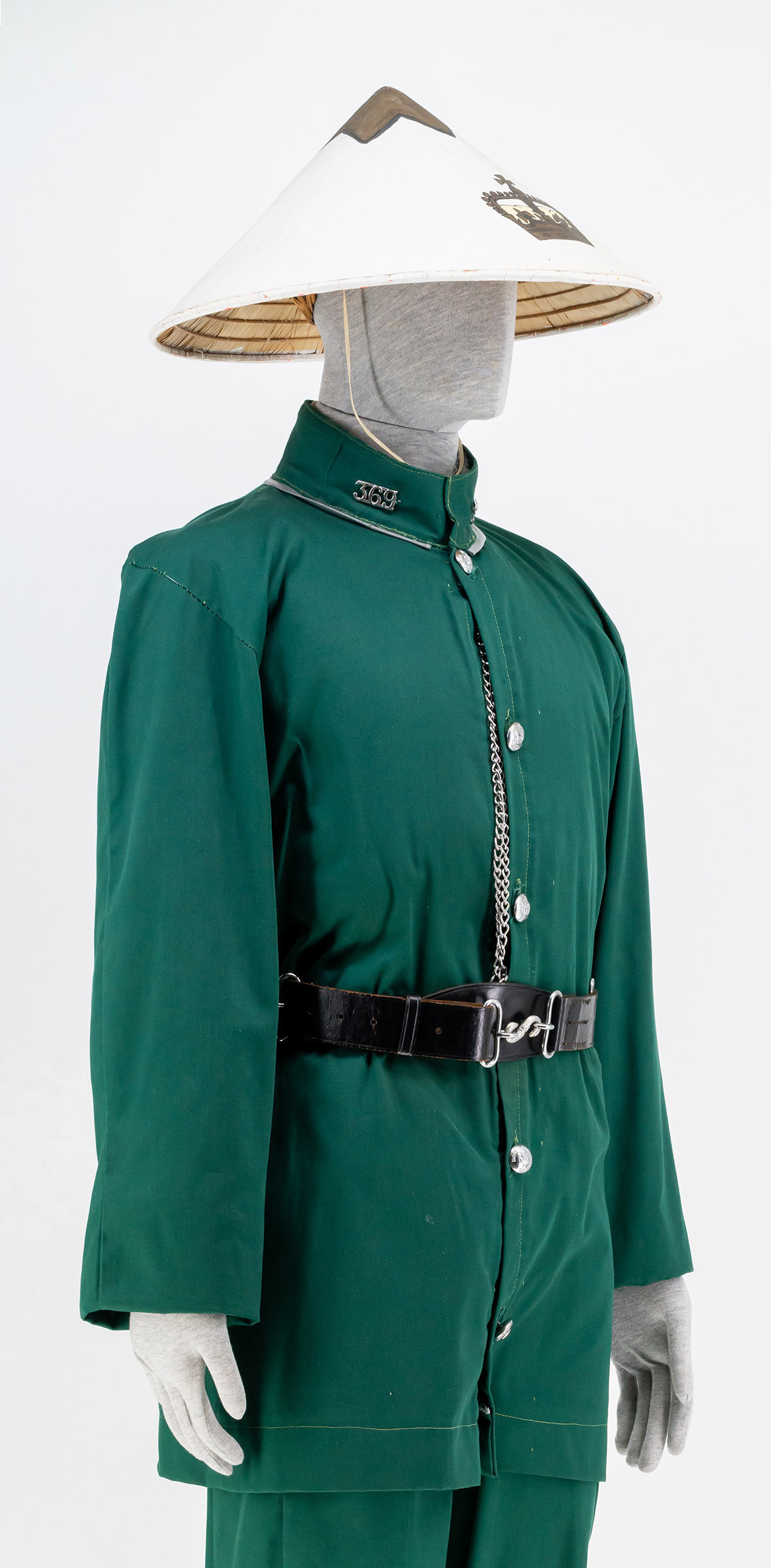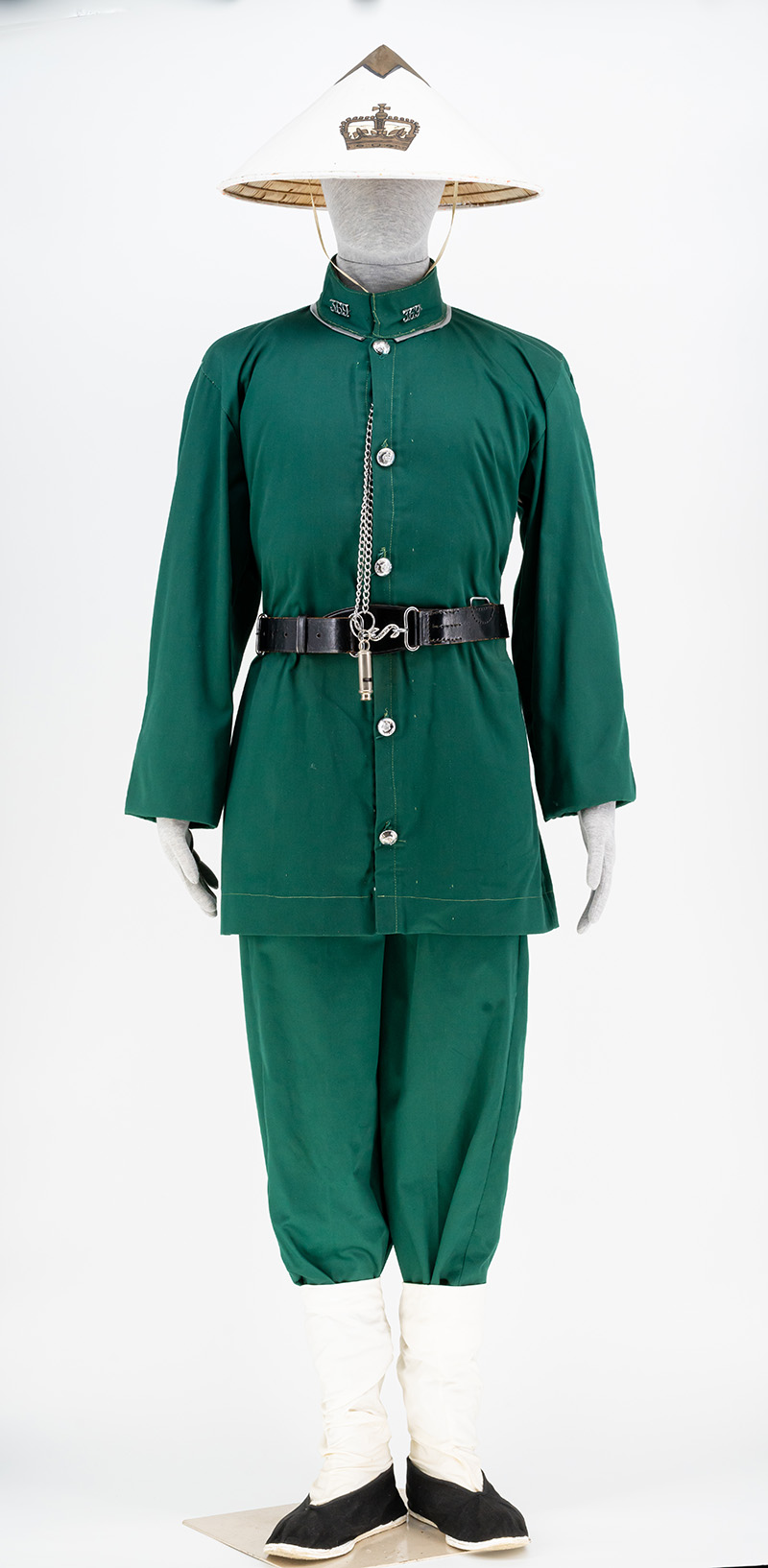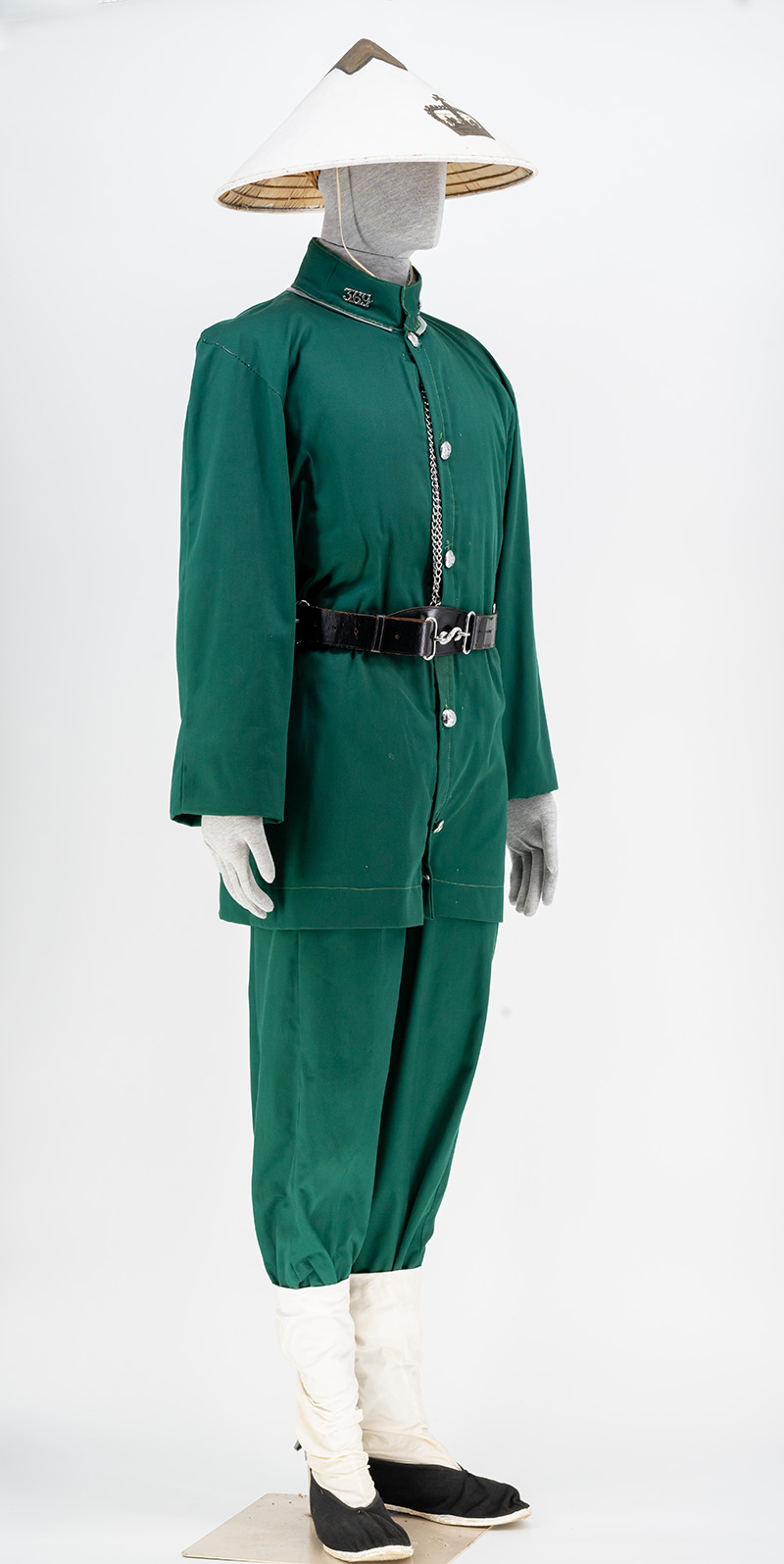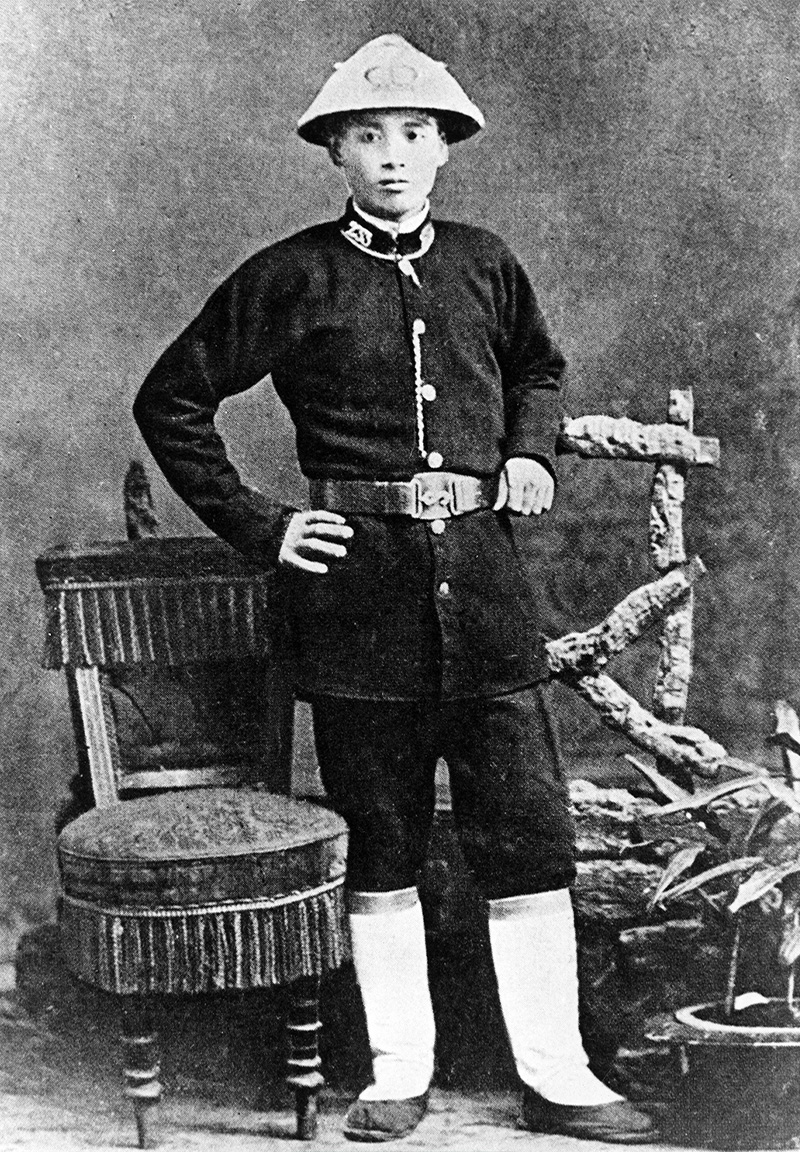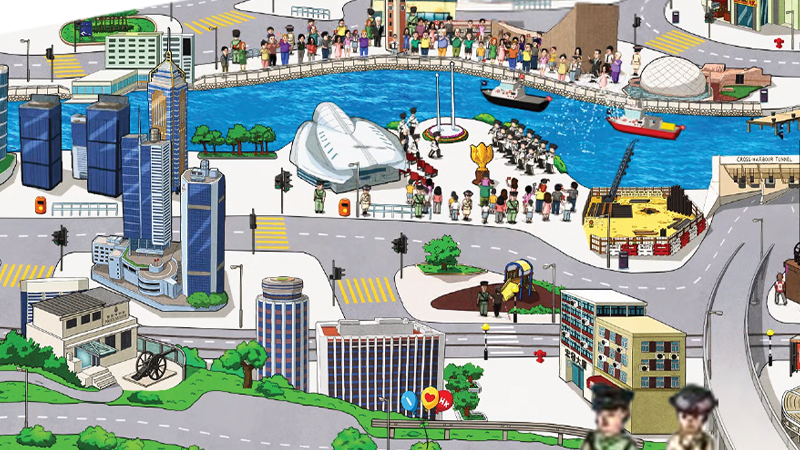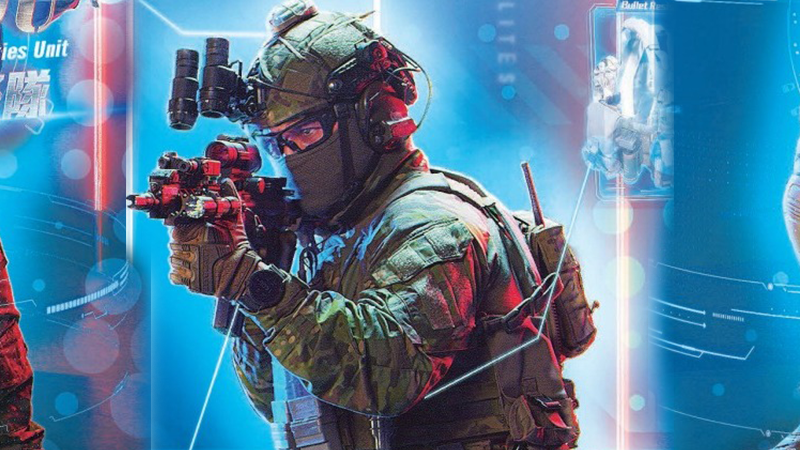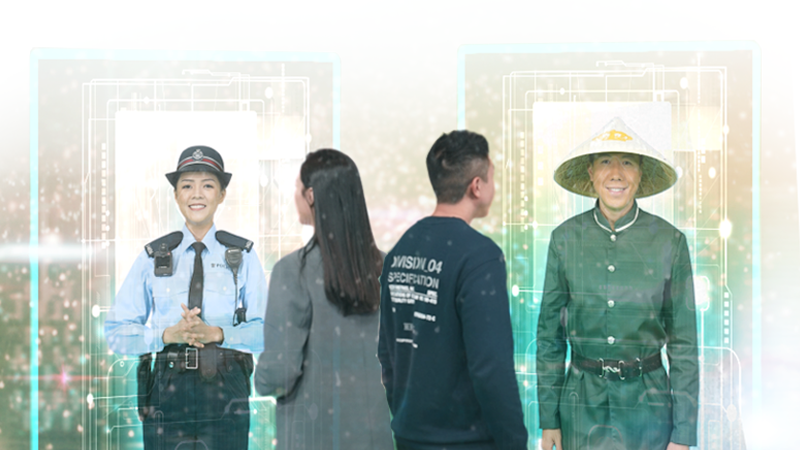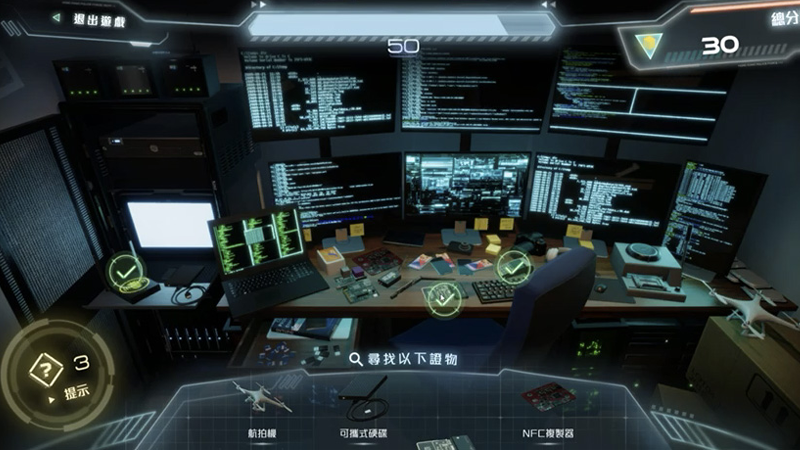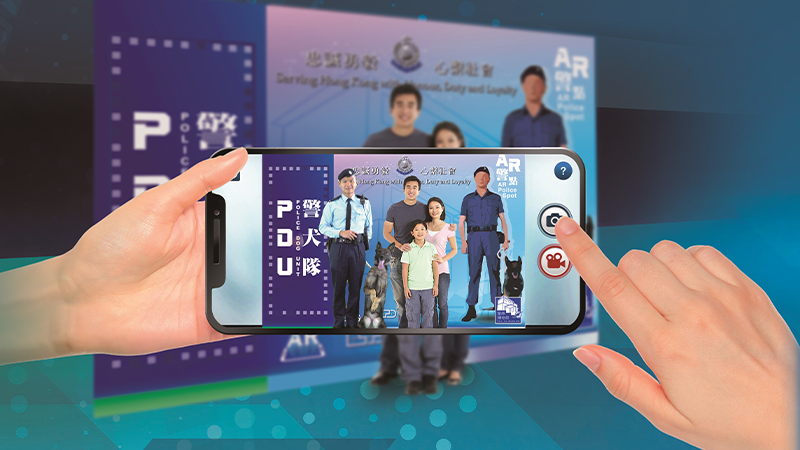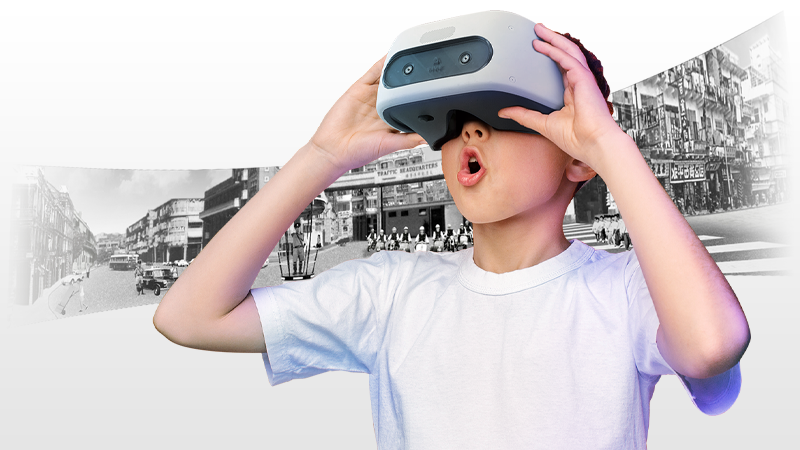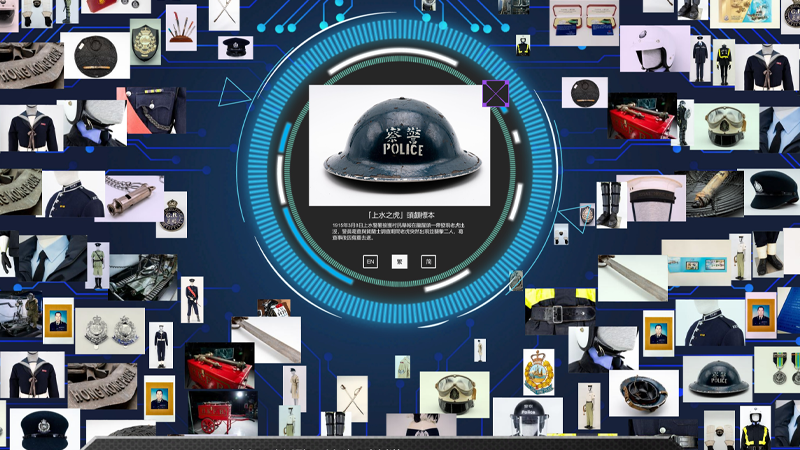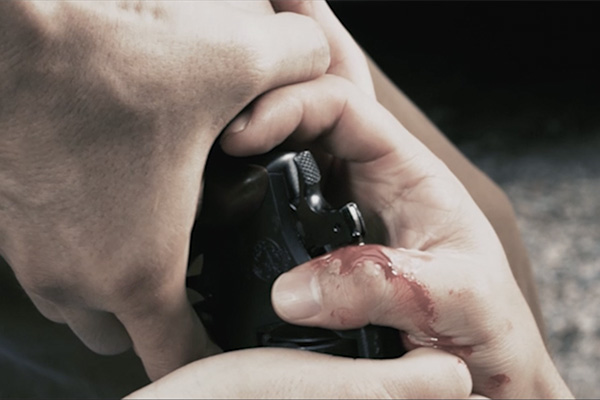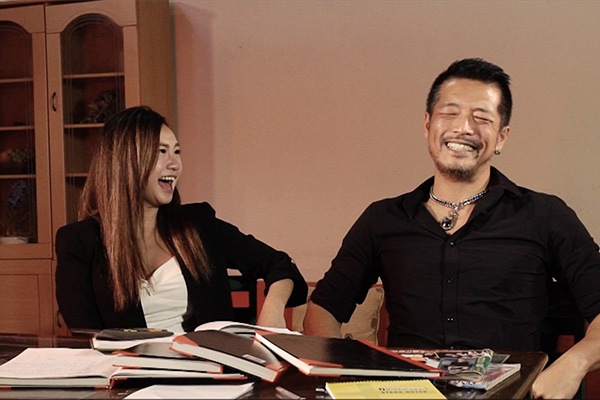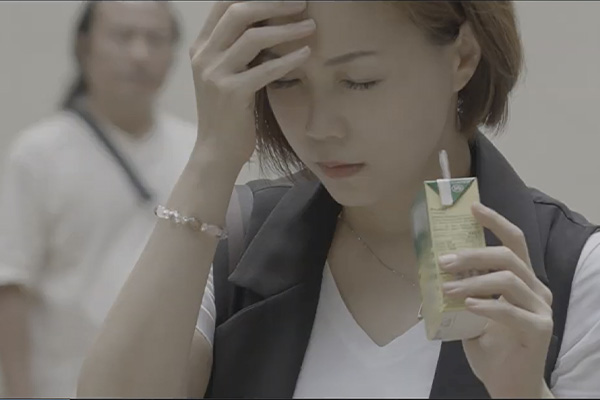-
About us 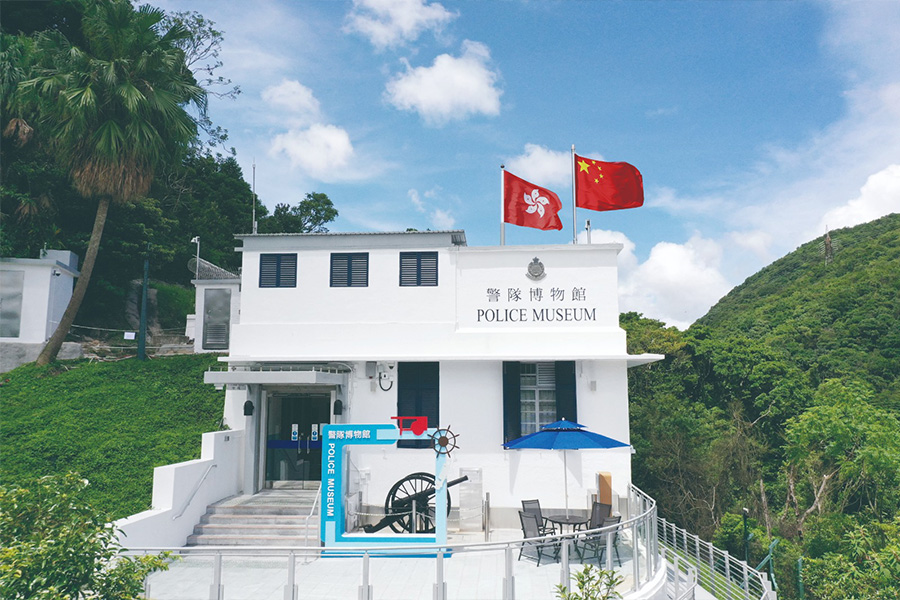
In 1964, the Police Historical Records Committee was set up to implement the museum project and to appeal for donations of artefacts related to the Force. The appeal was well received by serving and retired officers and their families.
In 1984, the Government approved the redevelopment of the former Wan Chai Gap Police Station at Coombe Road, the Peak, with a total area of 570 square metres, as a permanent location for the Police Museum. Upon completion of the restoration, the new Police Museum was officially opened to the public on 25 November 1988.
The revitalisation of the Police Museum commenced in mid-2020. The revitalised Museum once again opened to the public in September 2022 with a new look.
Read More

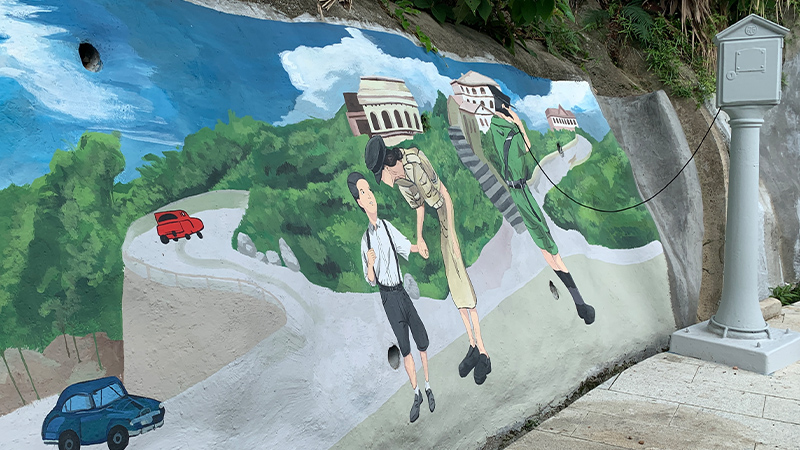
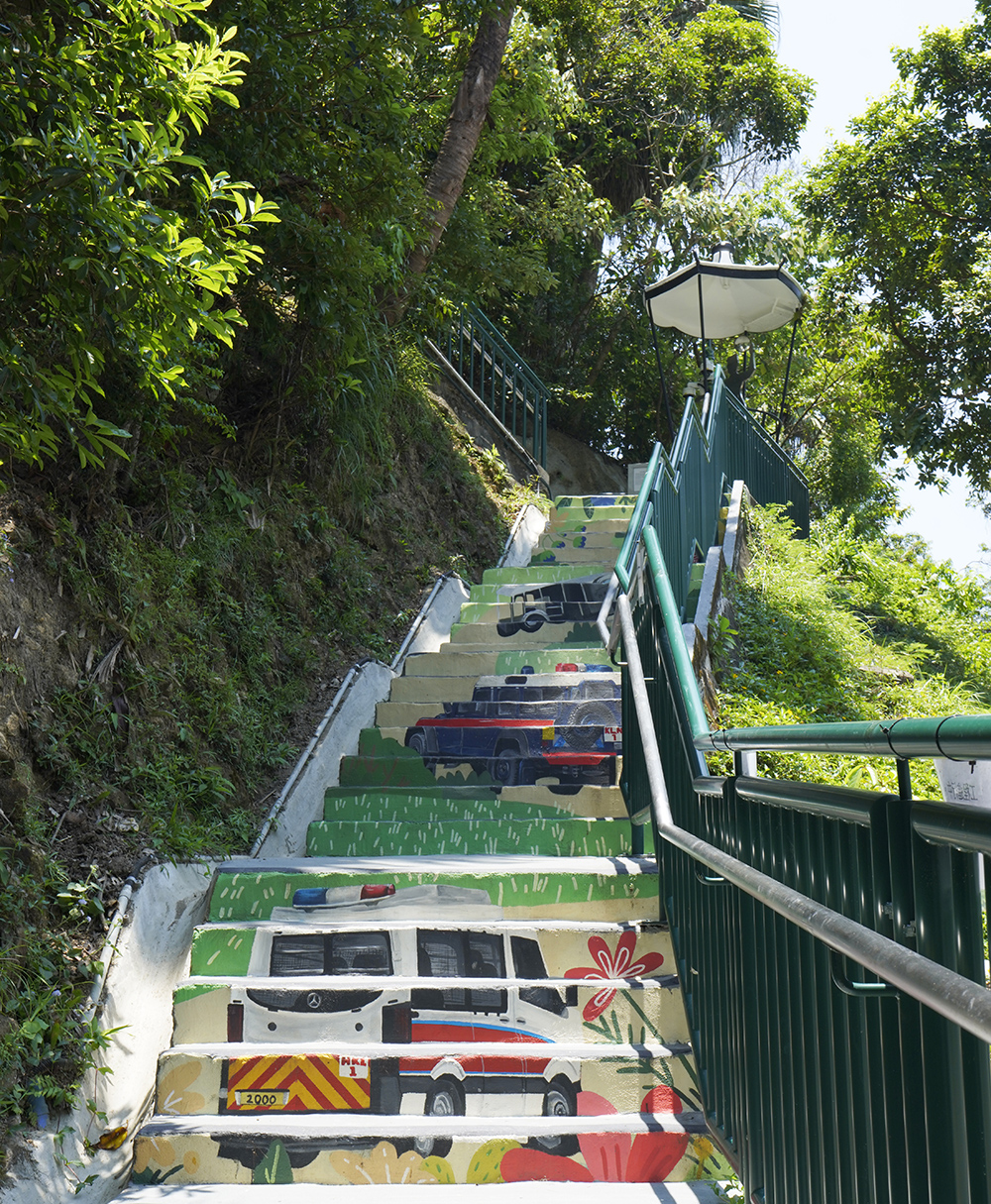
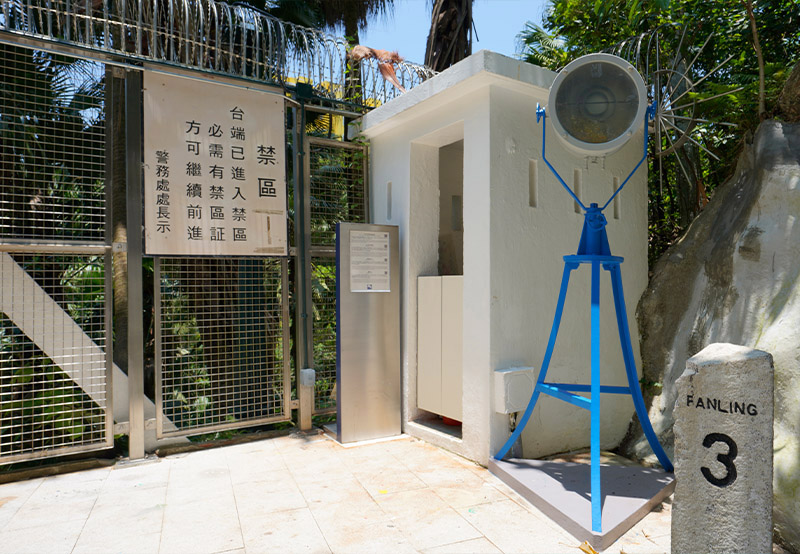
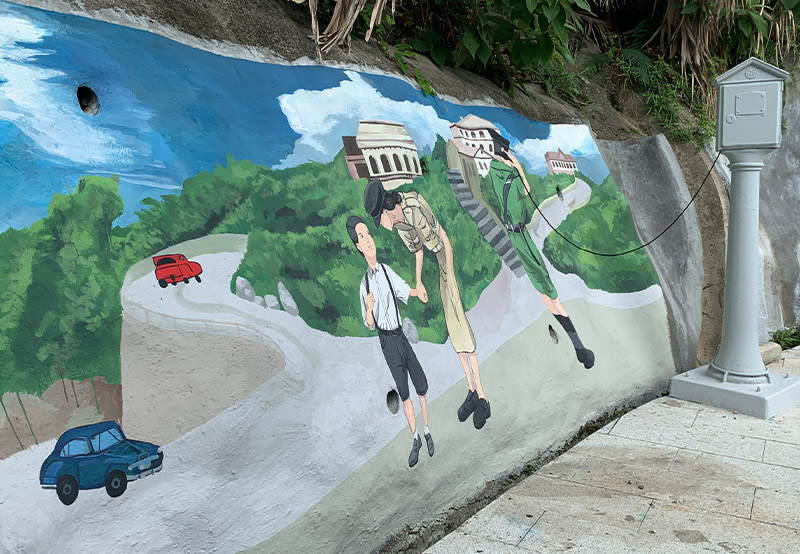
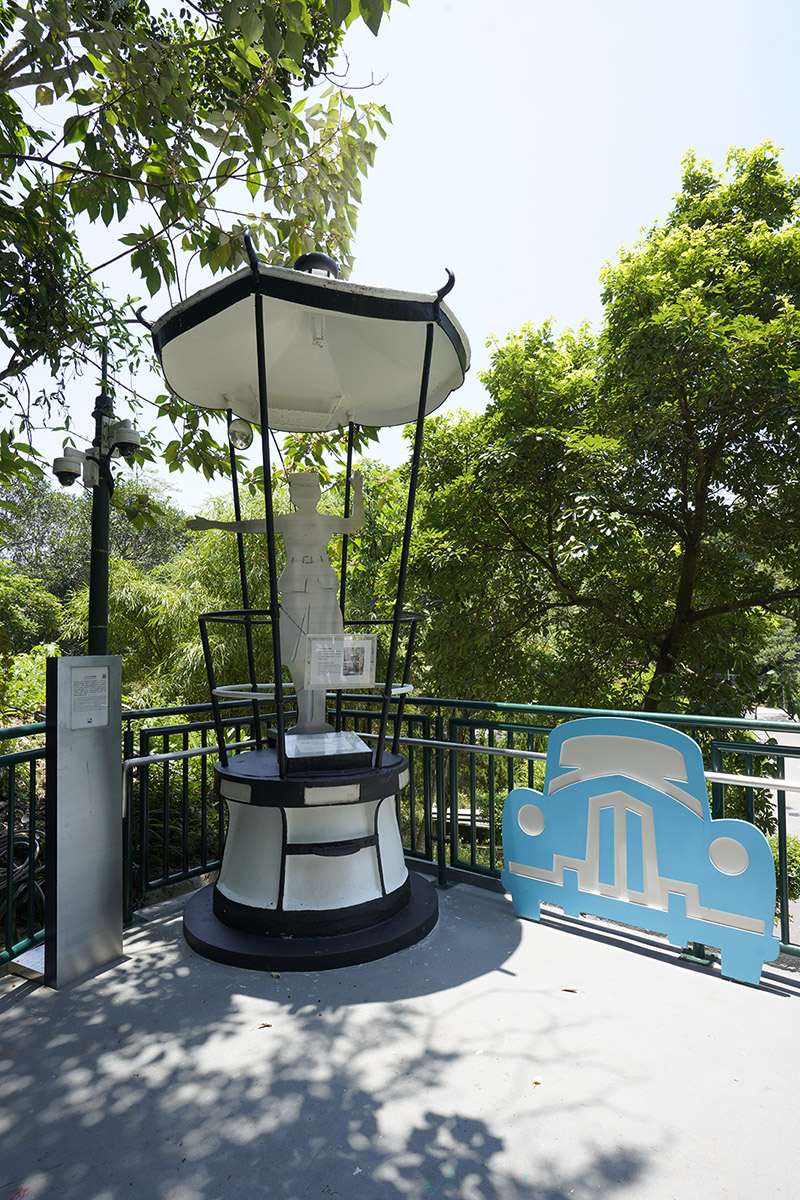
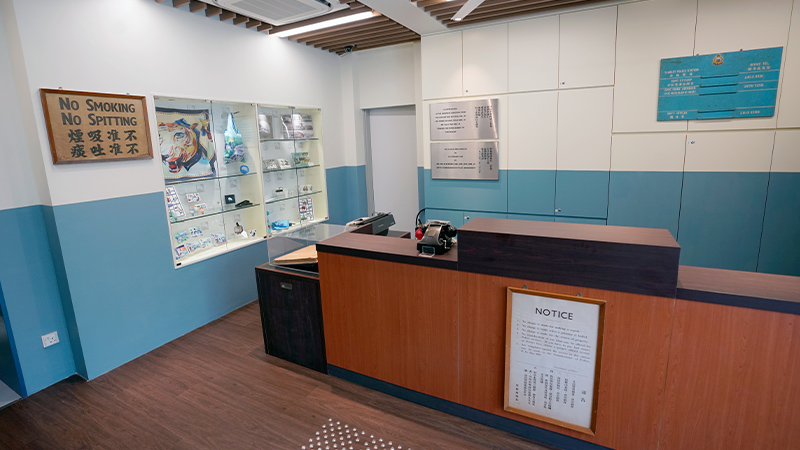
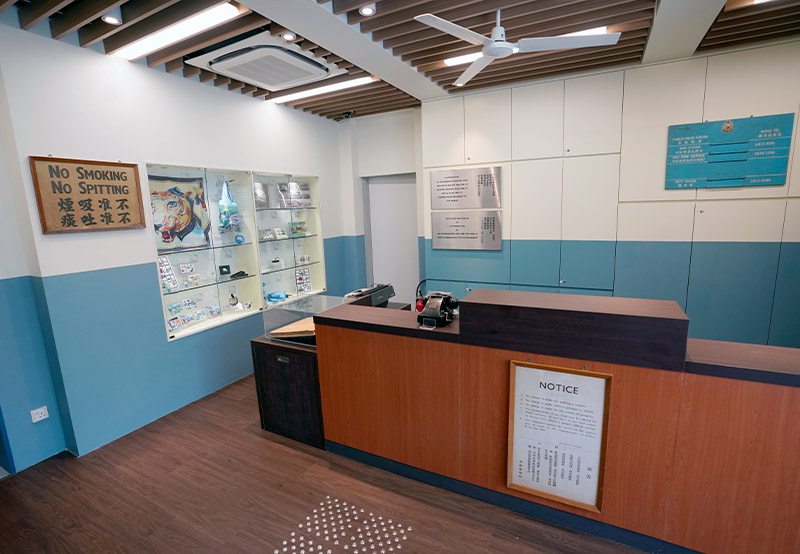
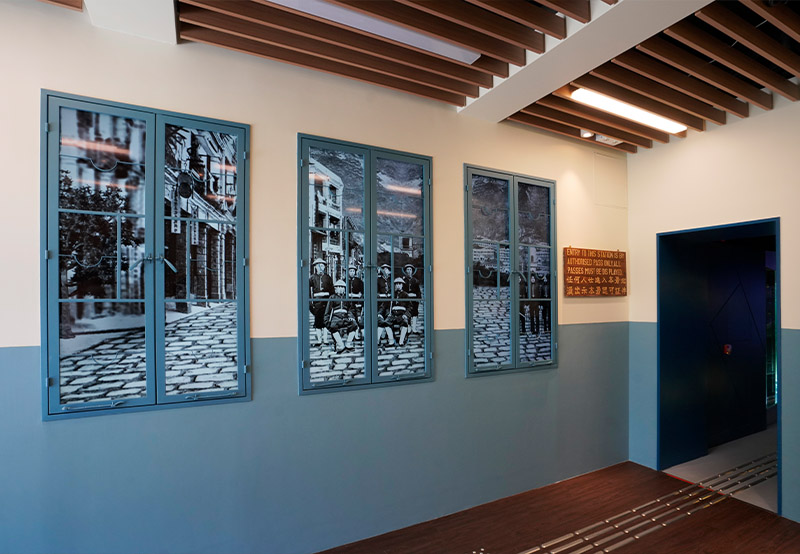
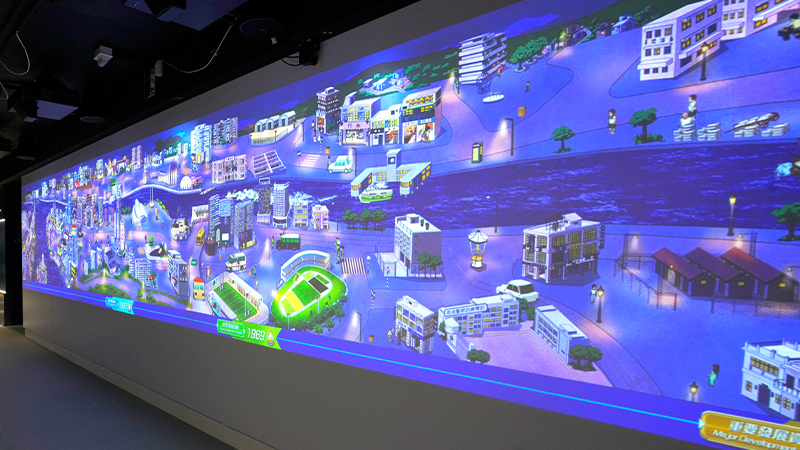
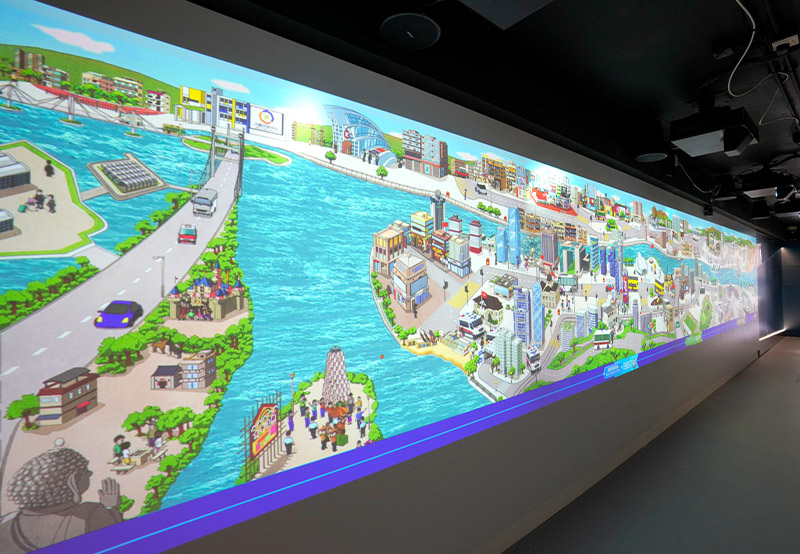
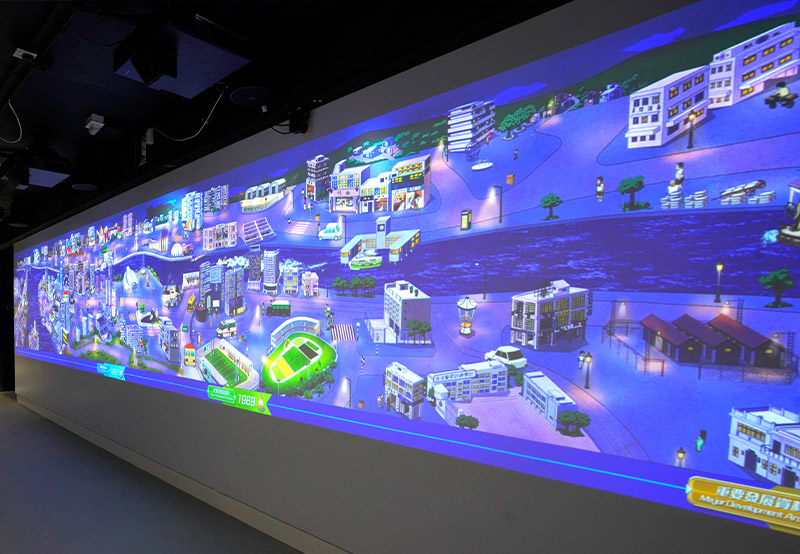
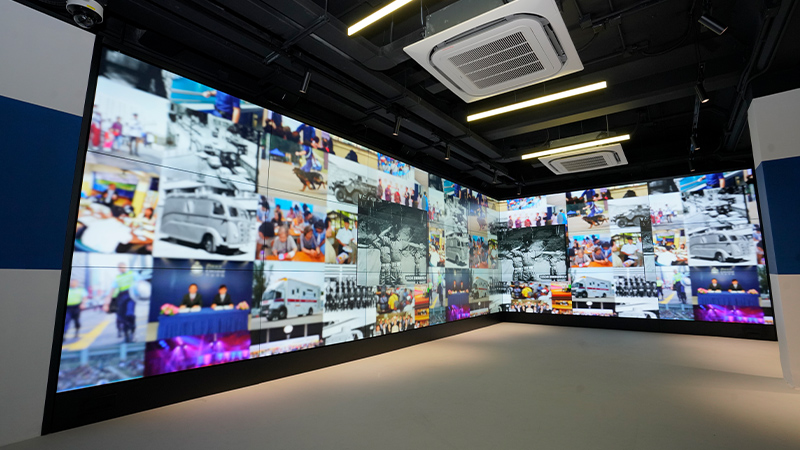
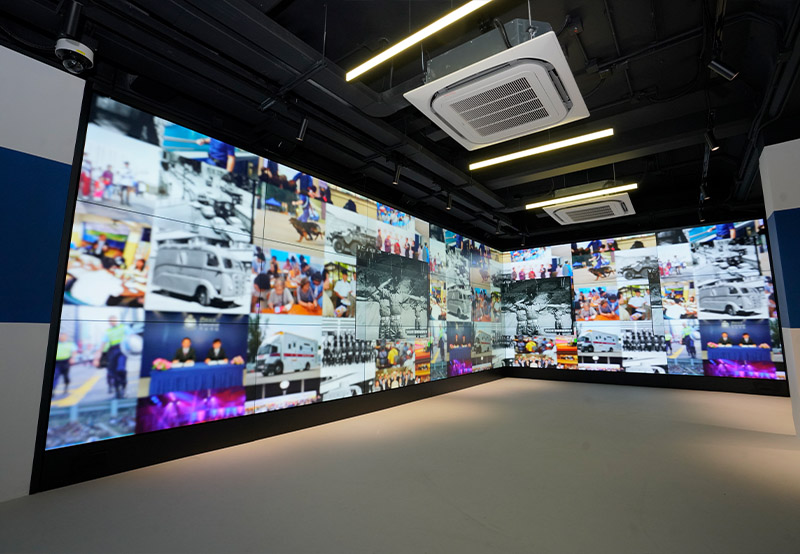
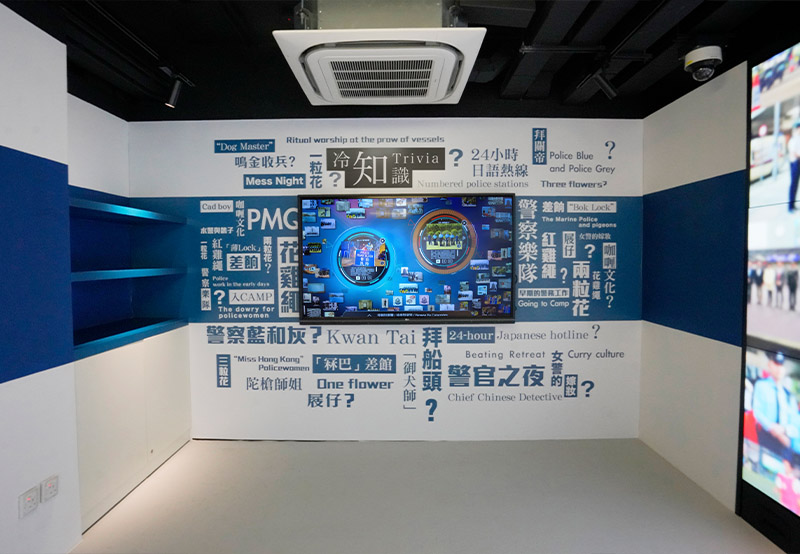
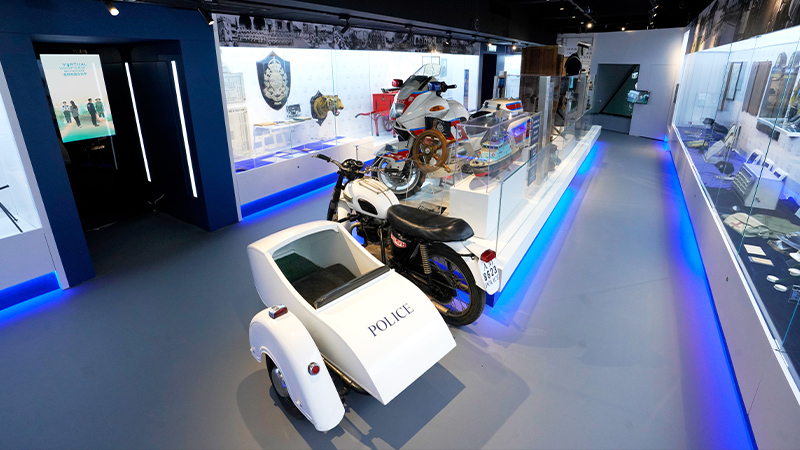
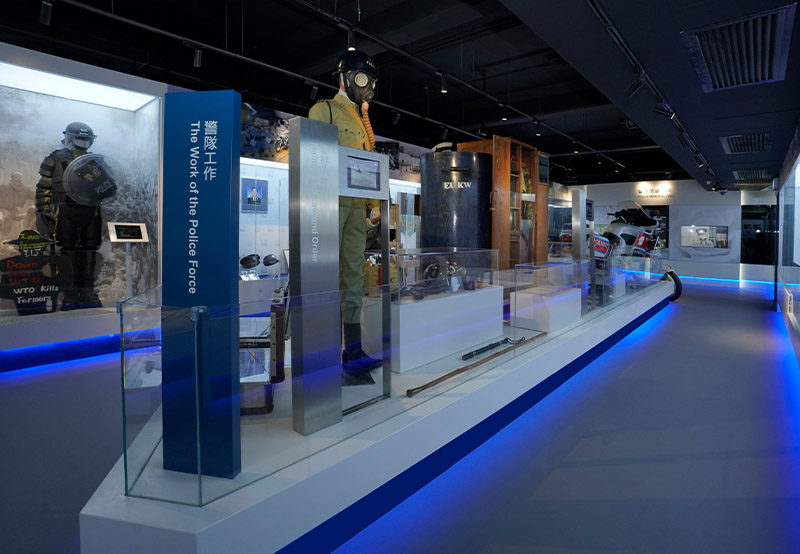
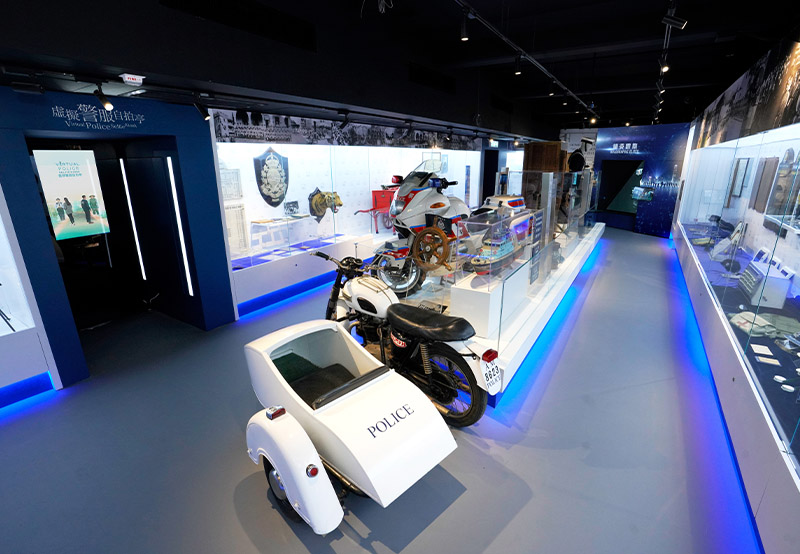
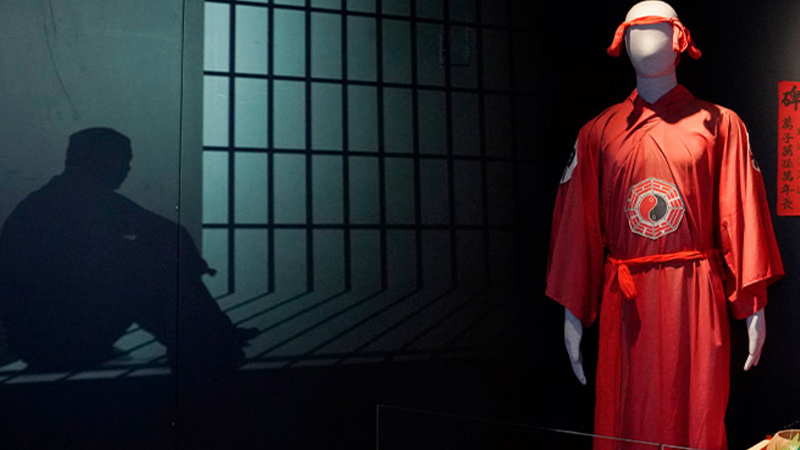
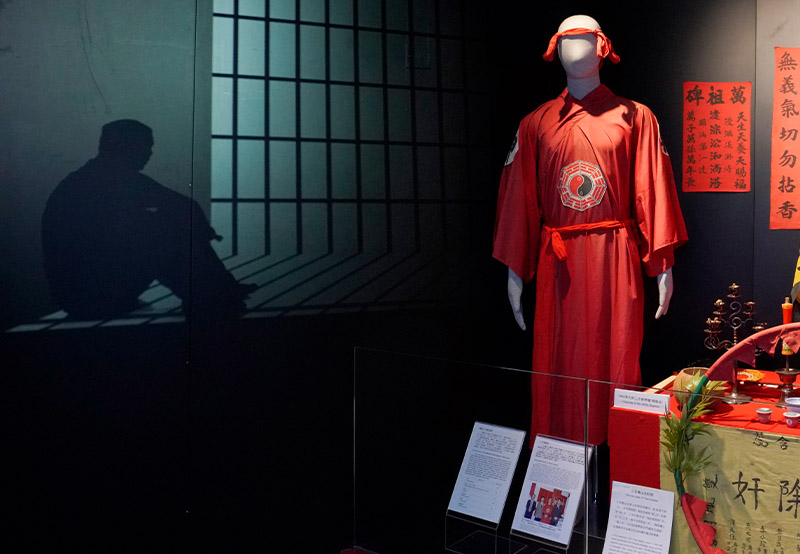
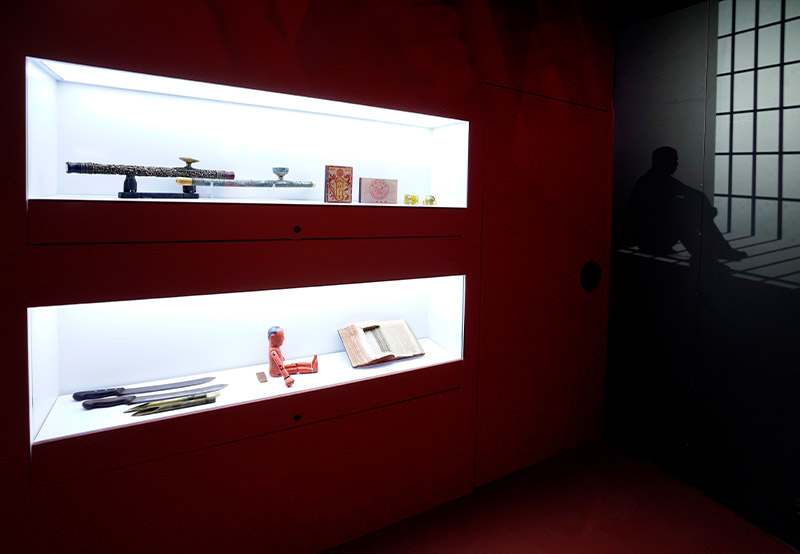
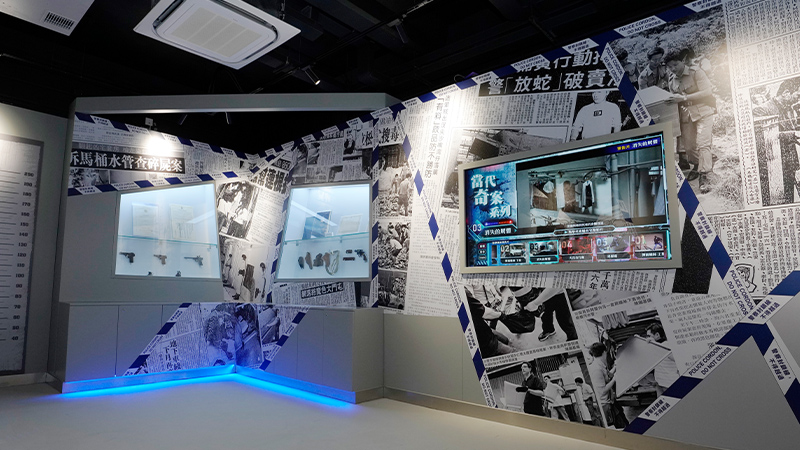
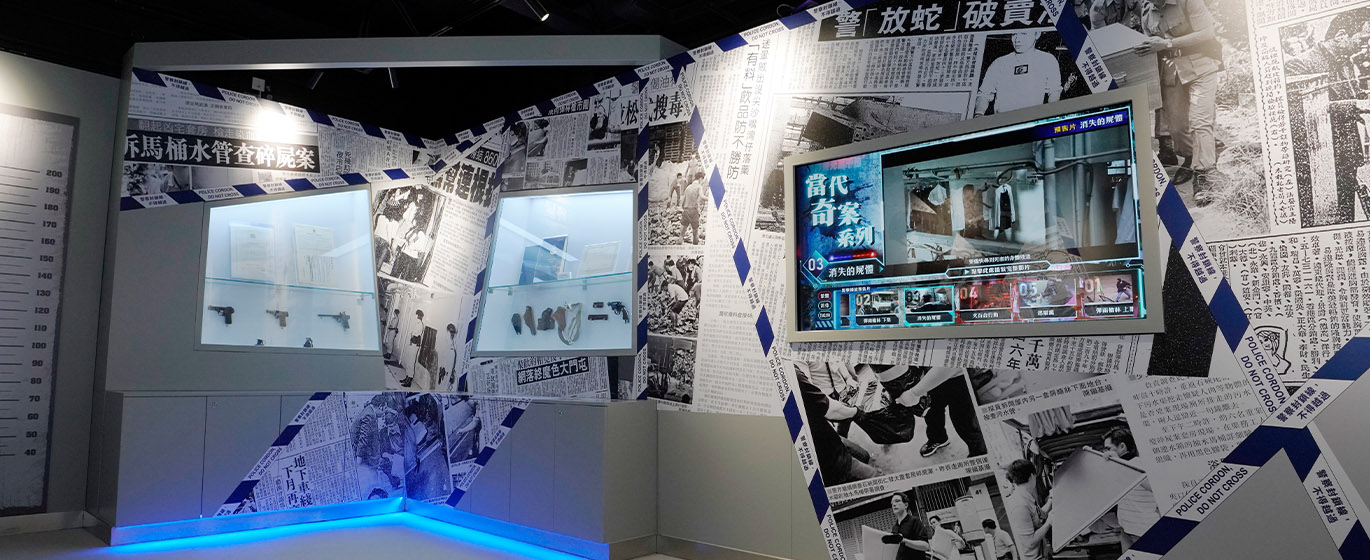
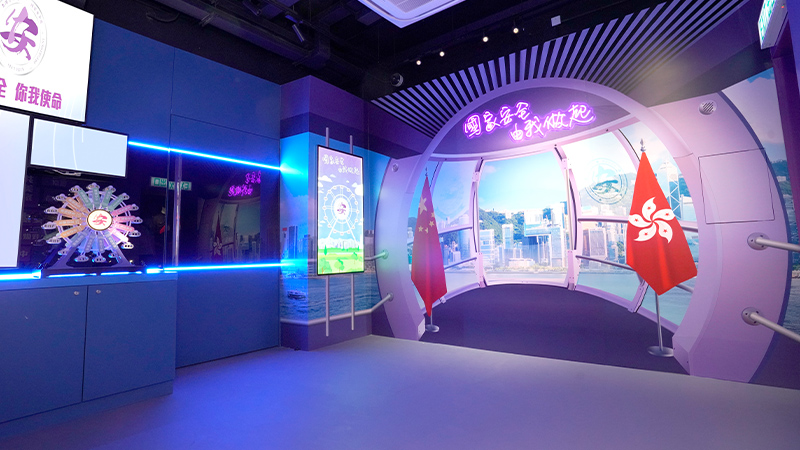
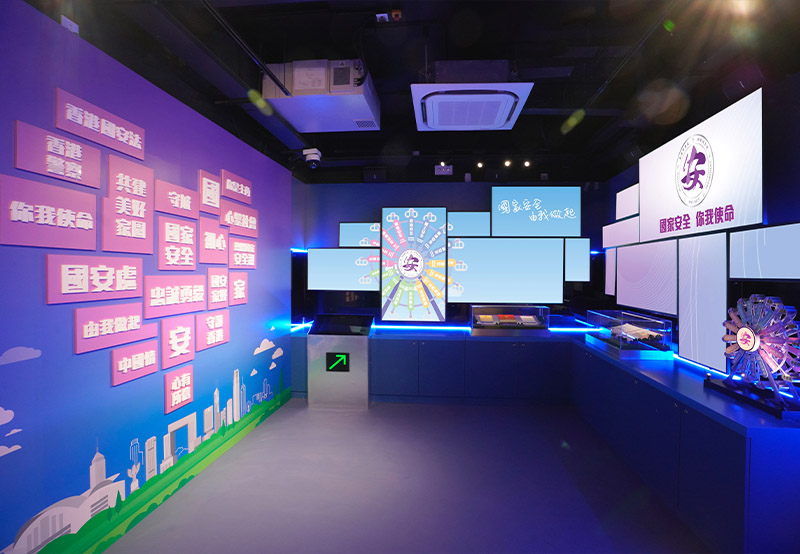
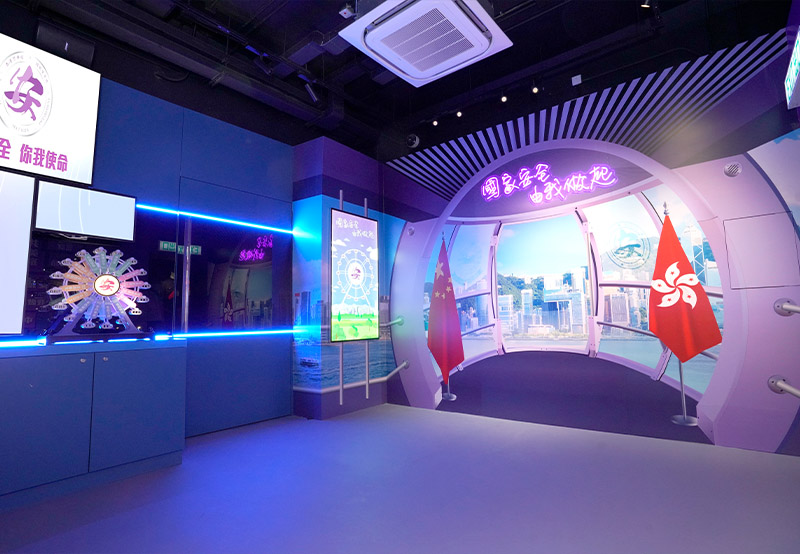
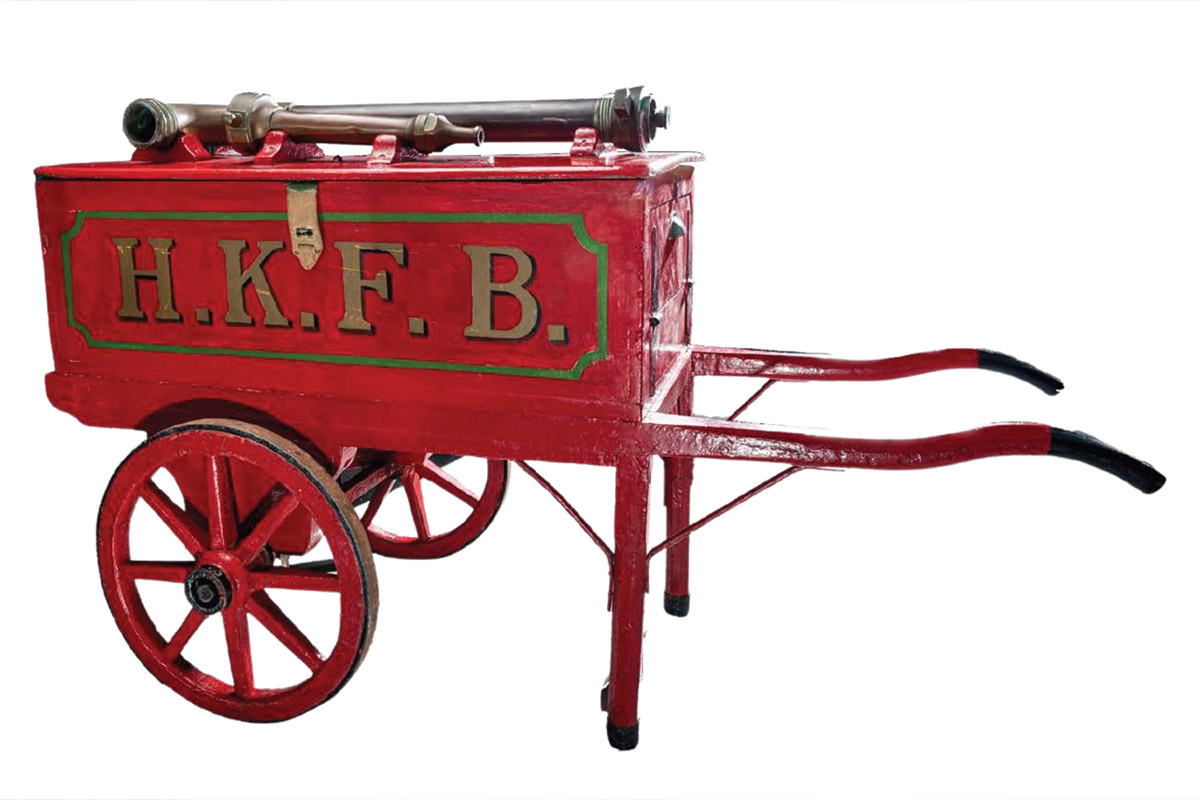
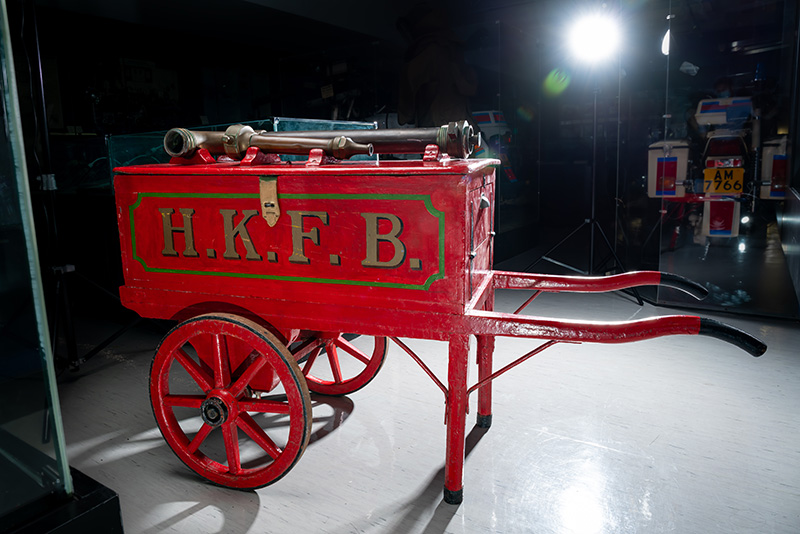
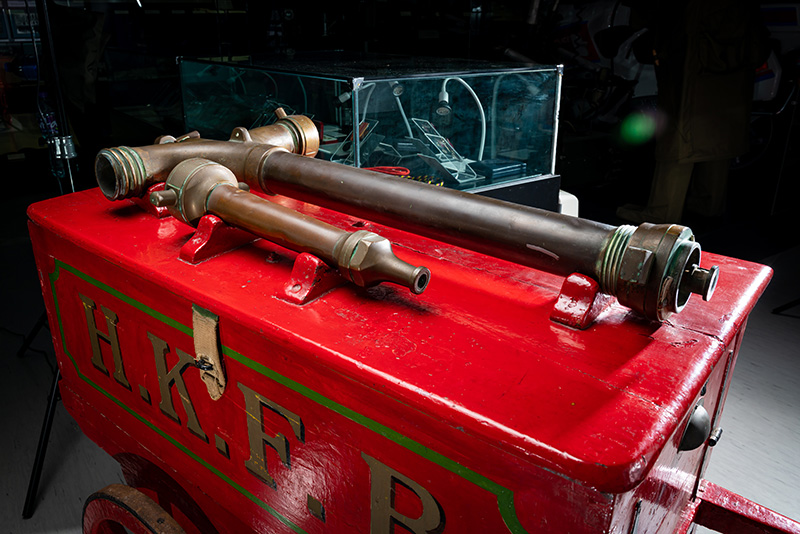
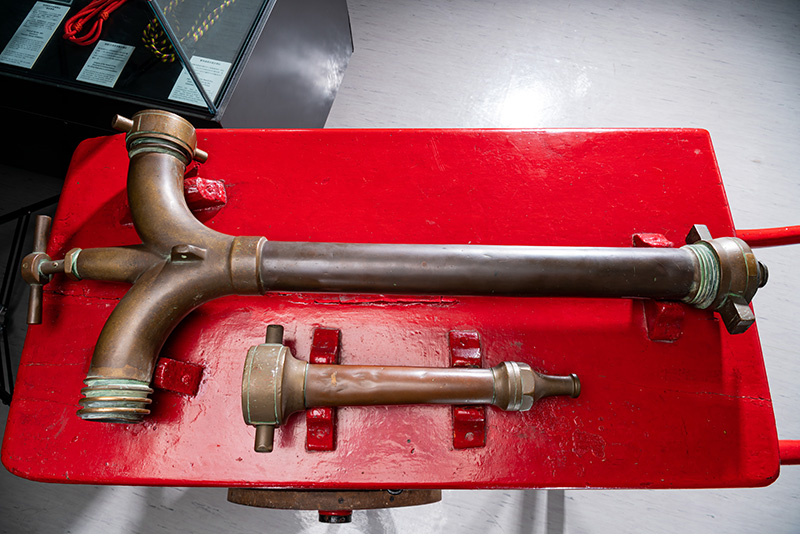
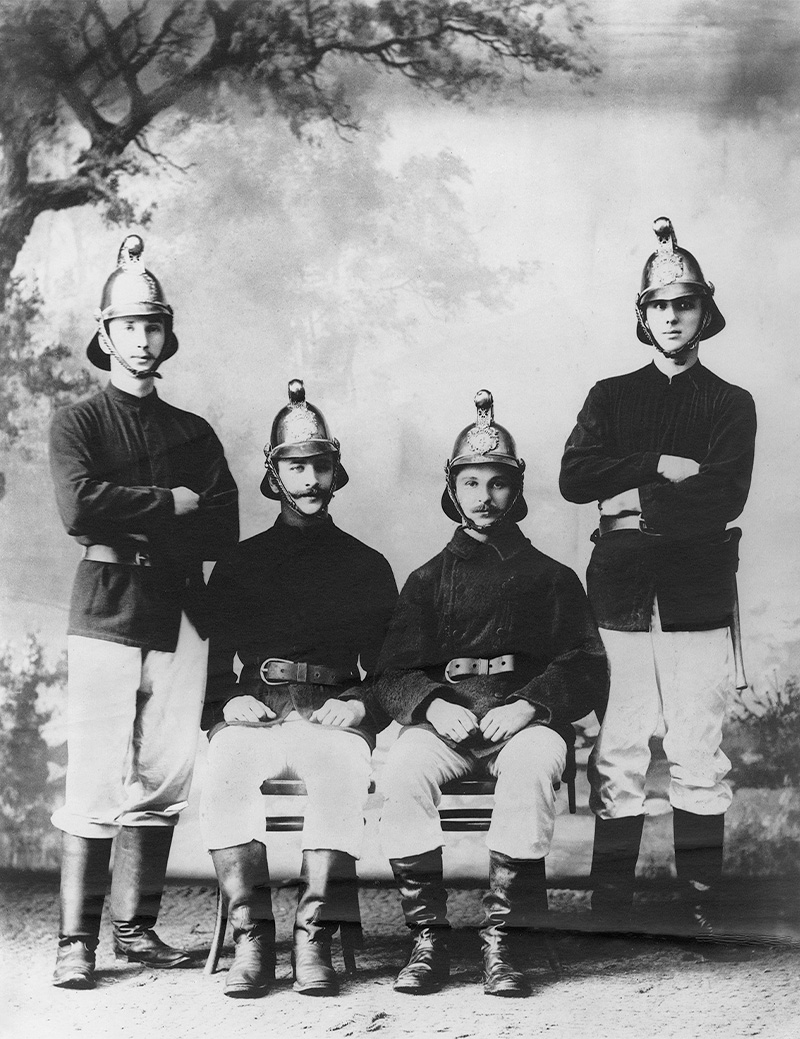 A group photo of Fire Brigade members, the 19th century.
A group photo of Fire Brigade members, the 19th century.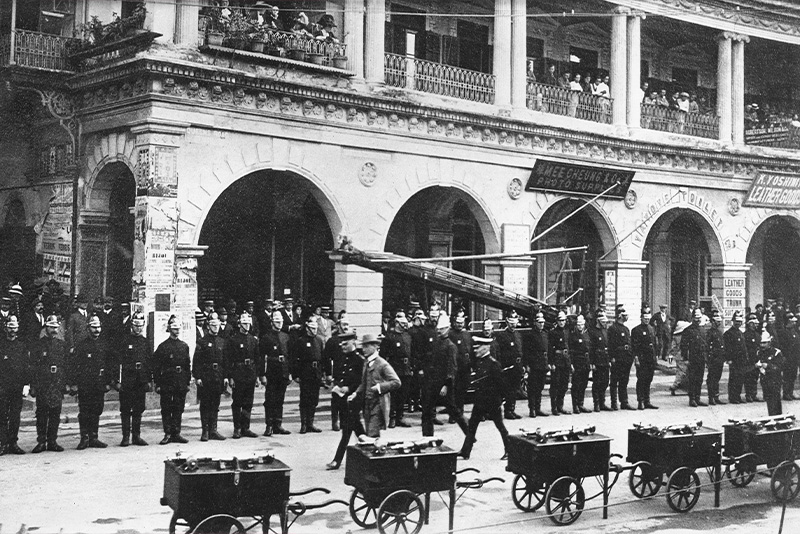 Fire Brigade held an inspection parade in Central, the 1920s.
Fire Brigade held an inspection parade in Central, the 1920s.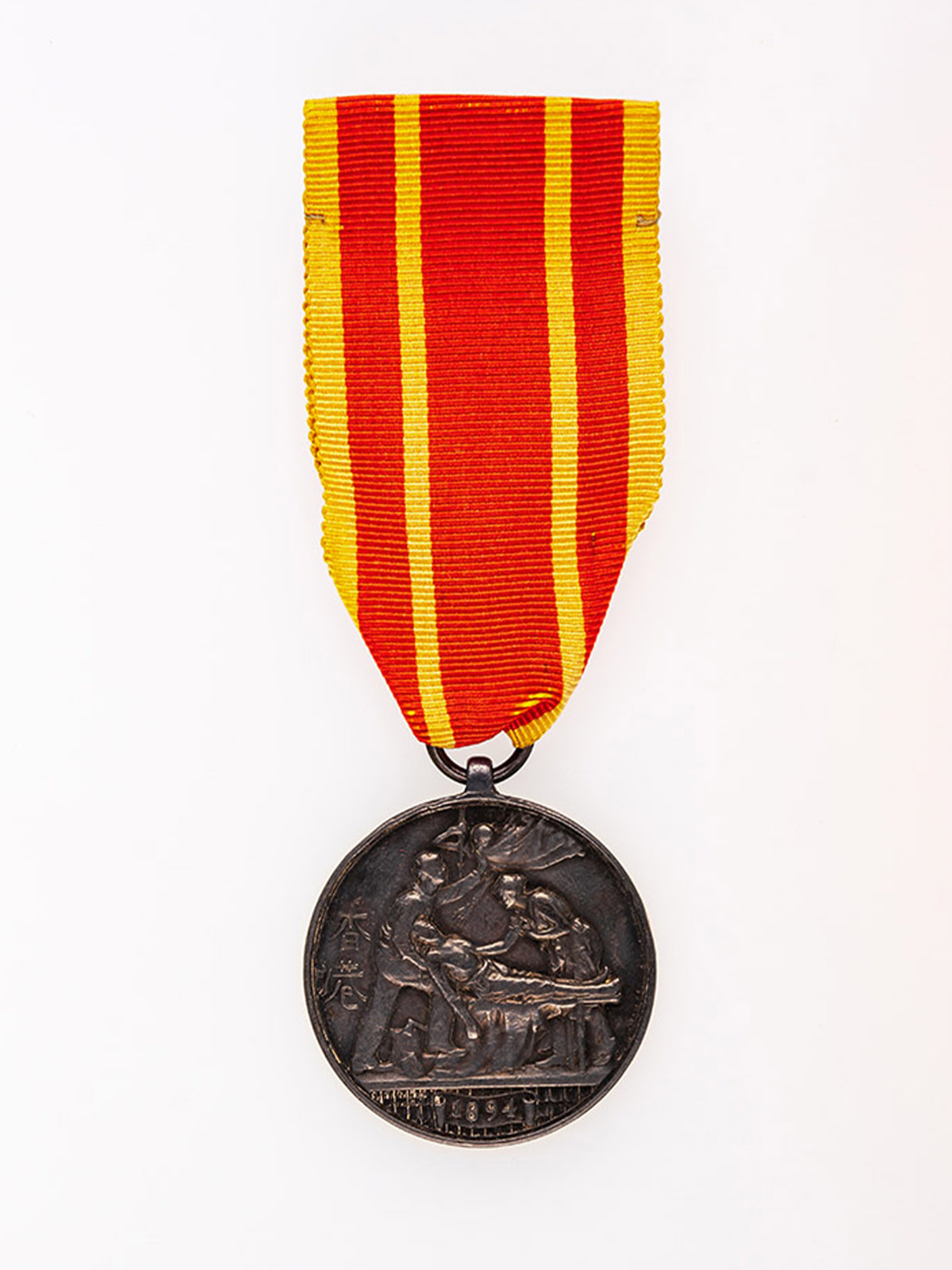
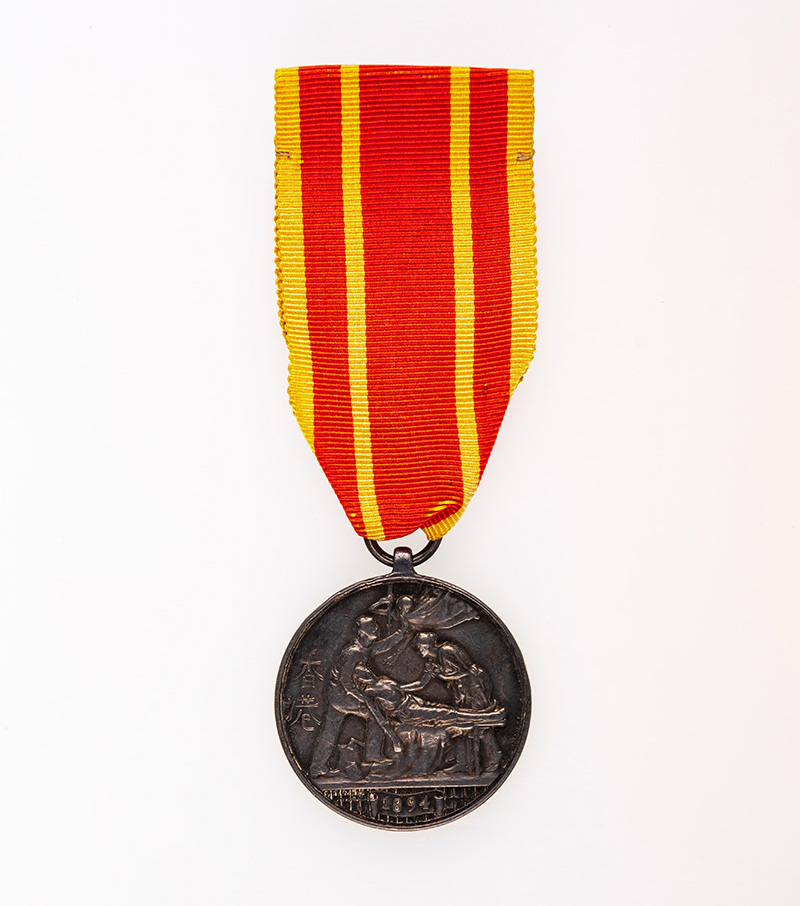
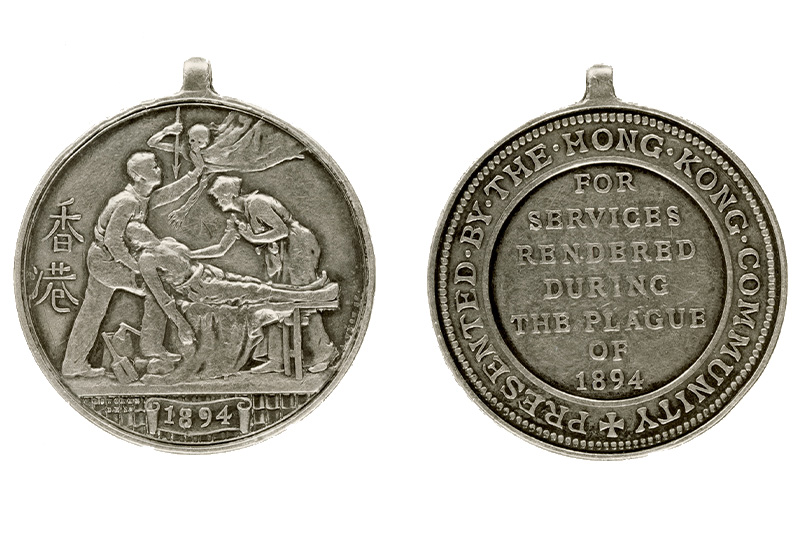
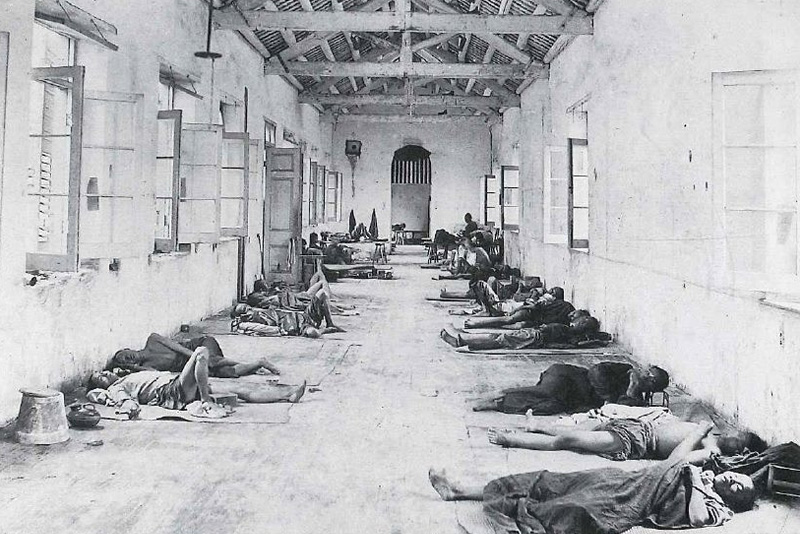 A glass factory in Kennedy Town was requisitioned by the Government as a temporary hospital, 1894.
A glass factory in Kennedy Town was requisitioned by the Government as a temporary hospital, 1894.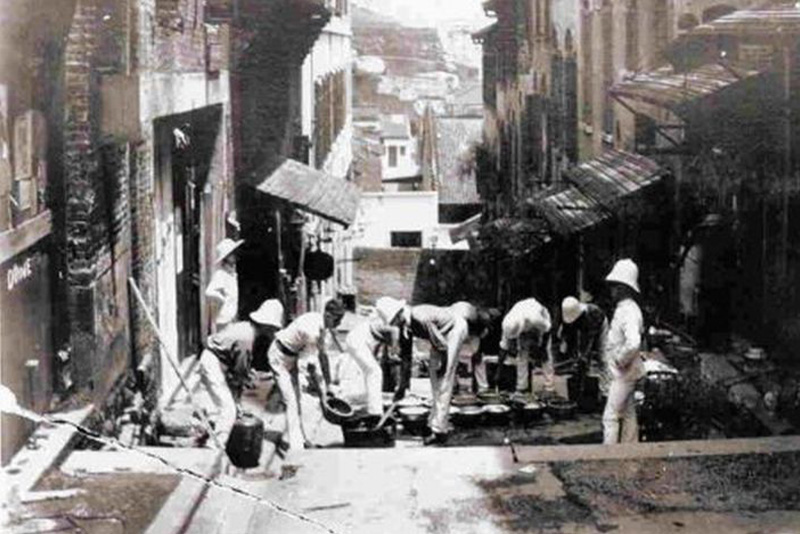 The Government deployed the British army to fight the plague, 1894.
The Government deployed the British army to fight the plague, 1894.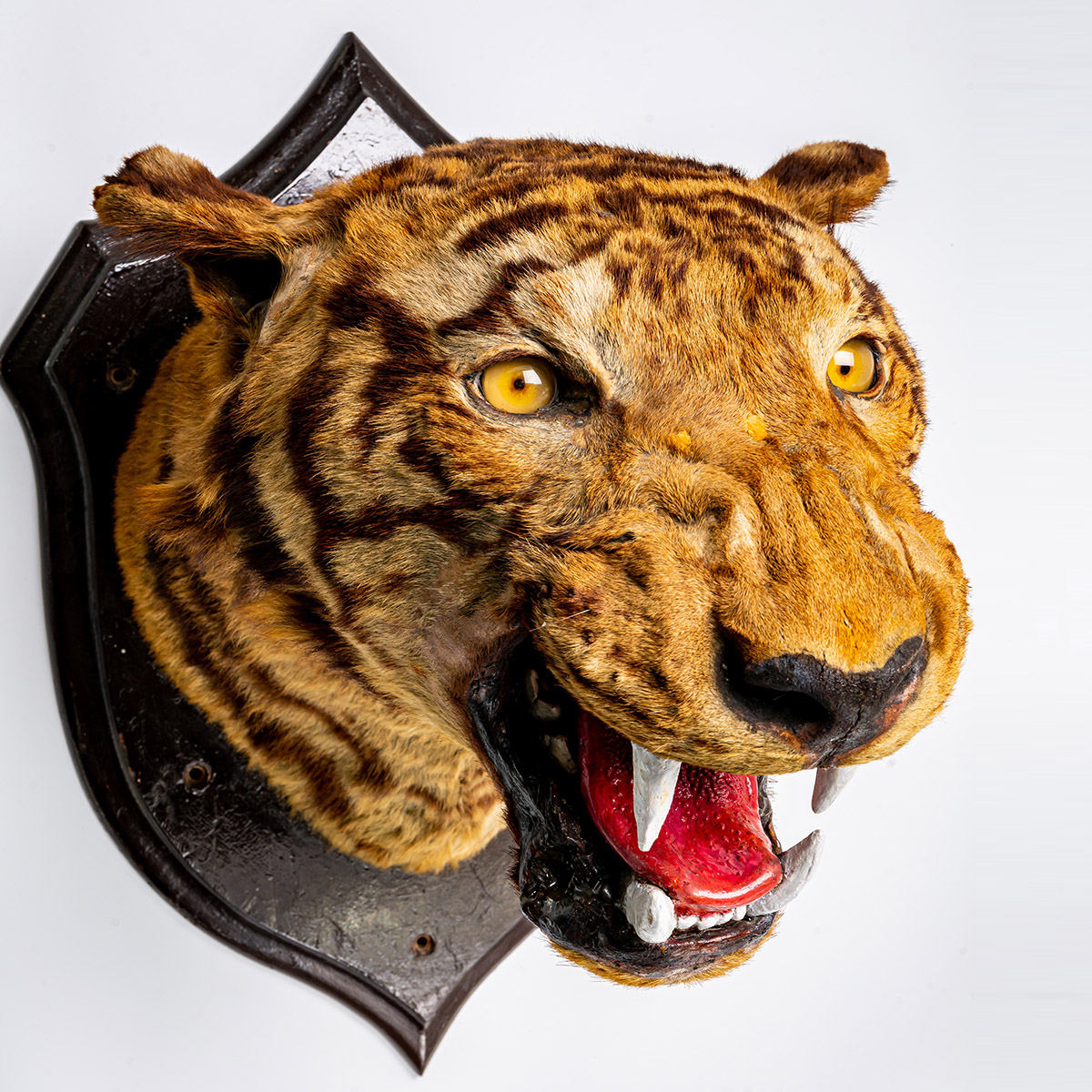
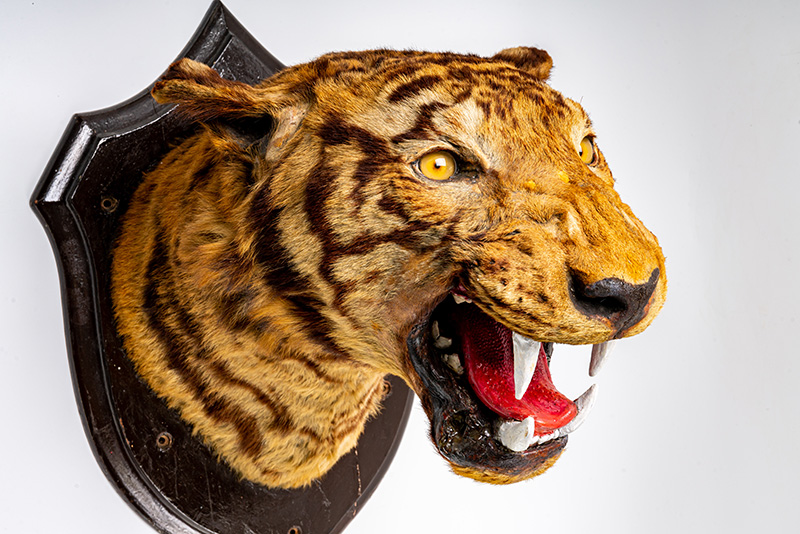
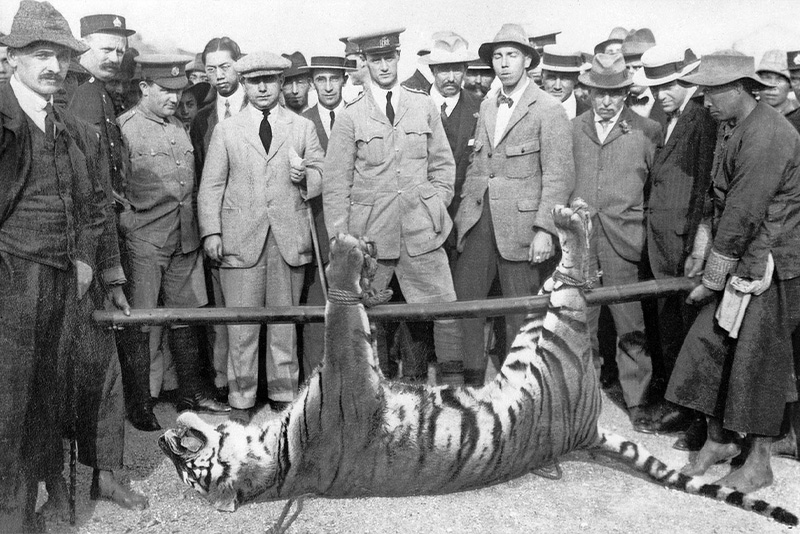 Donald Burlingham, the then New Territories Commander, (in uniform at centre) shot and killed “The Tiger of Sheung Shui”, 1915.
Donald Burlingham, the then New Territories Commander, (in uniform at centre) shot and killed “The Tiger of Sheung Shui”, 1915.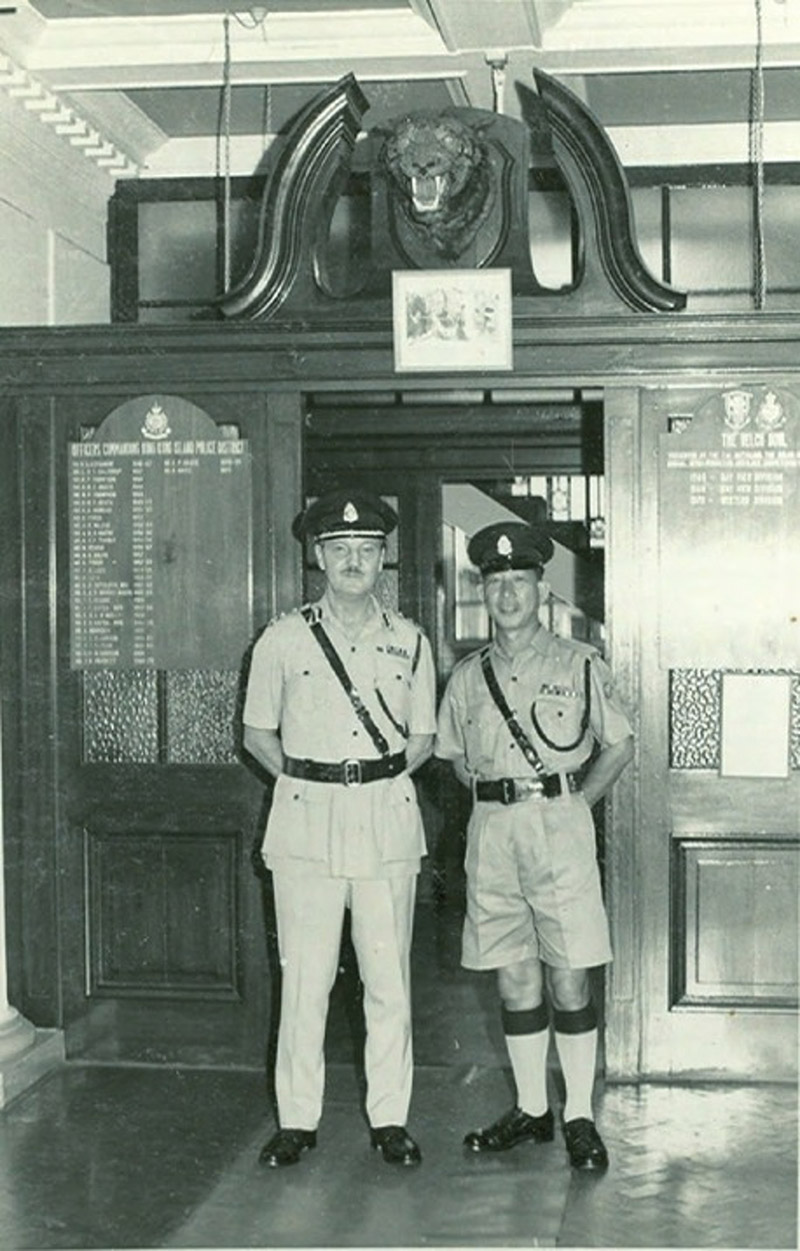
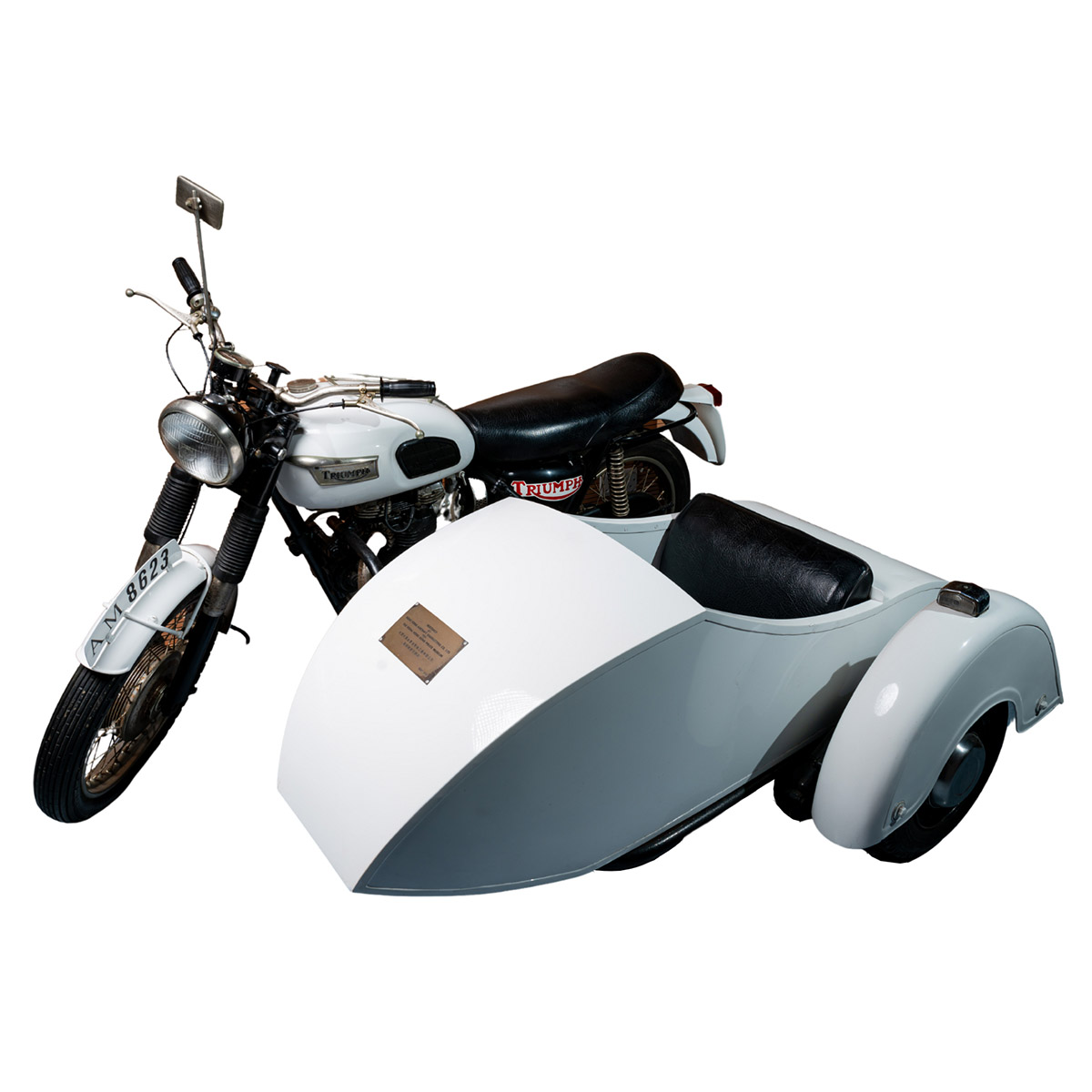
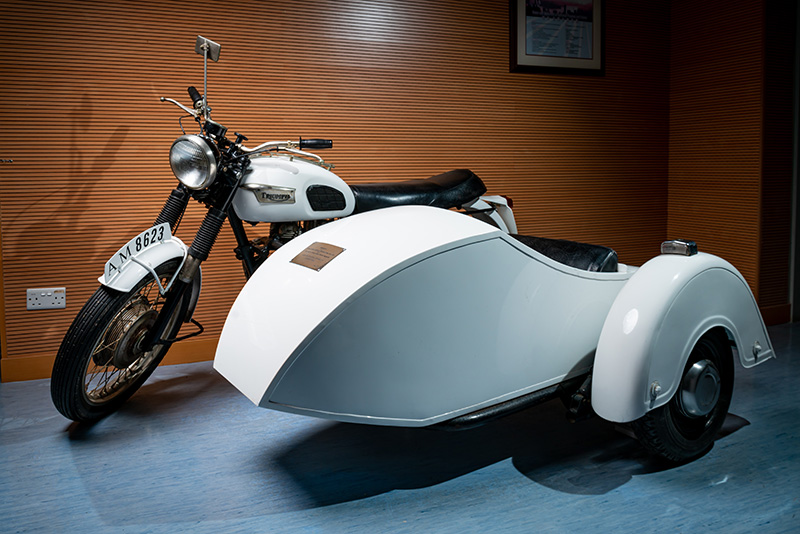
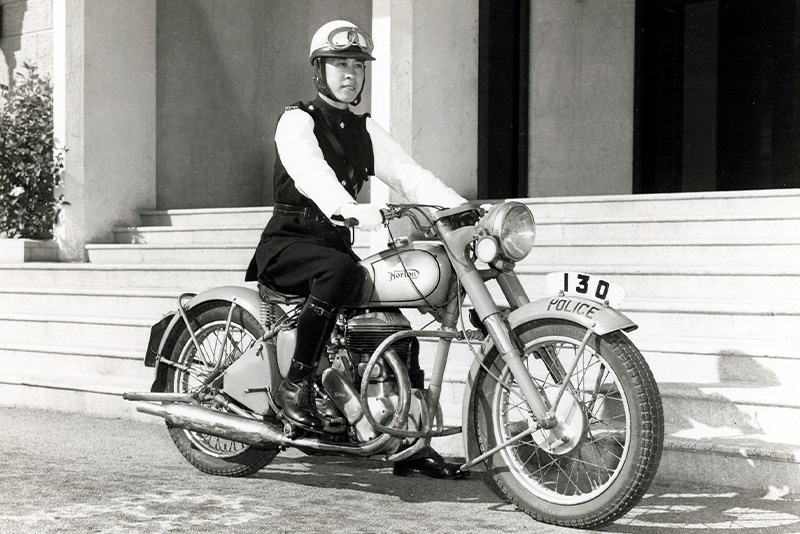 Traffic officer, the 1960s.
Traffic officer, the 1960s.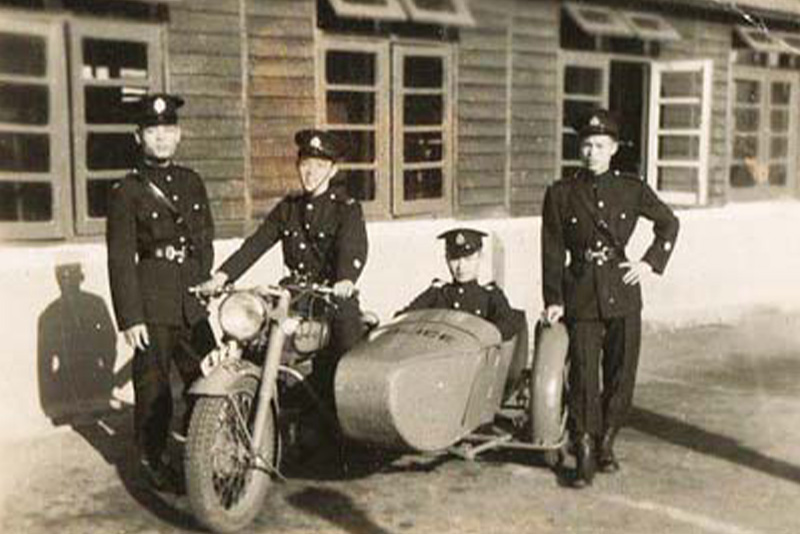 Officers sat on a motorcycle with a sidecar, the 1950s.
Officers sat on a motorcycle with a sidecar, the 1950s.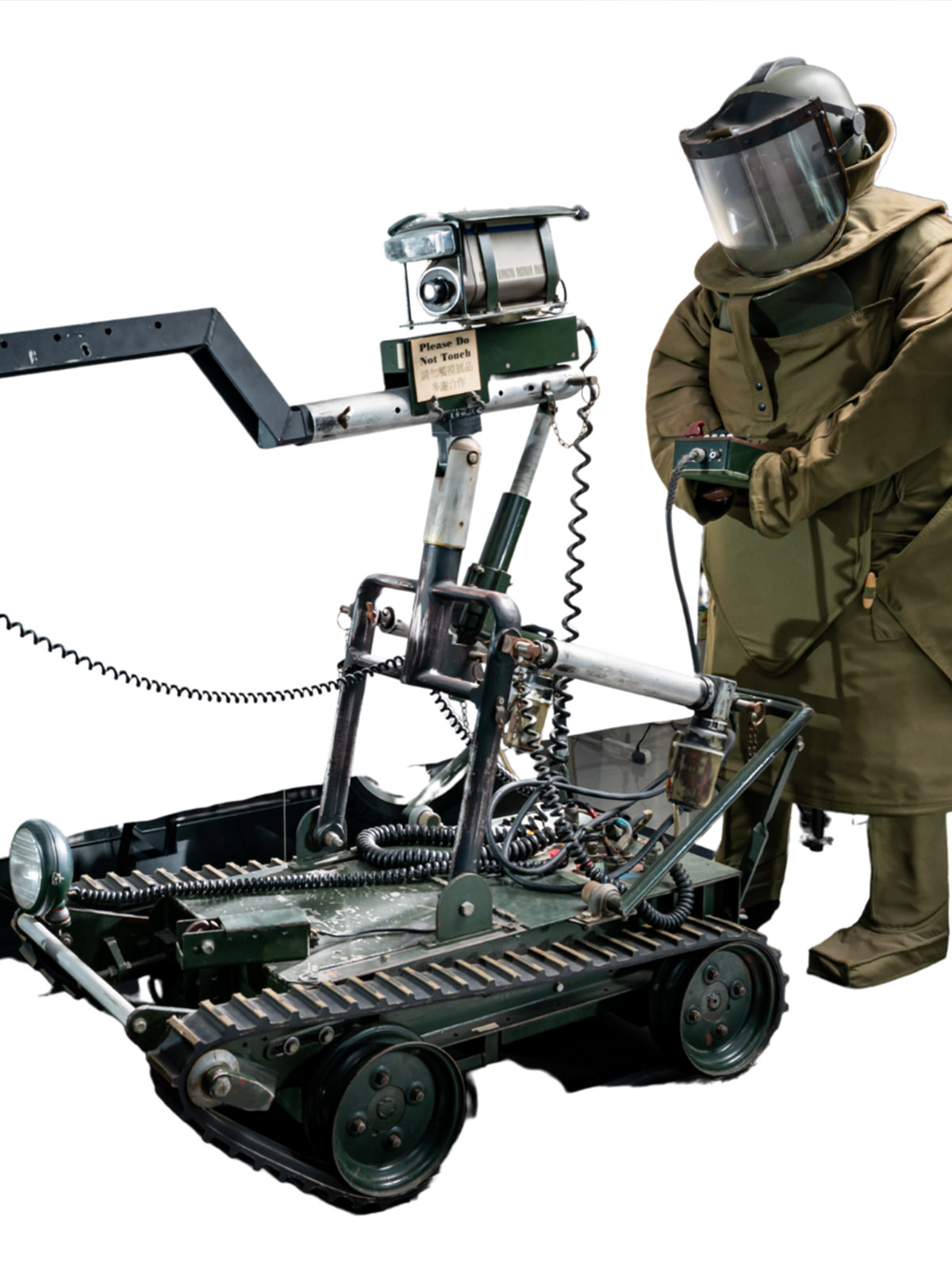
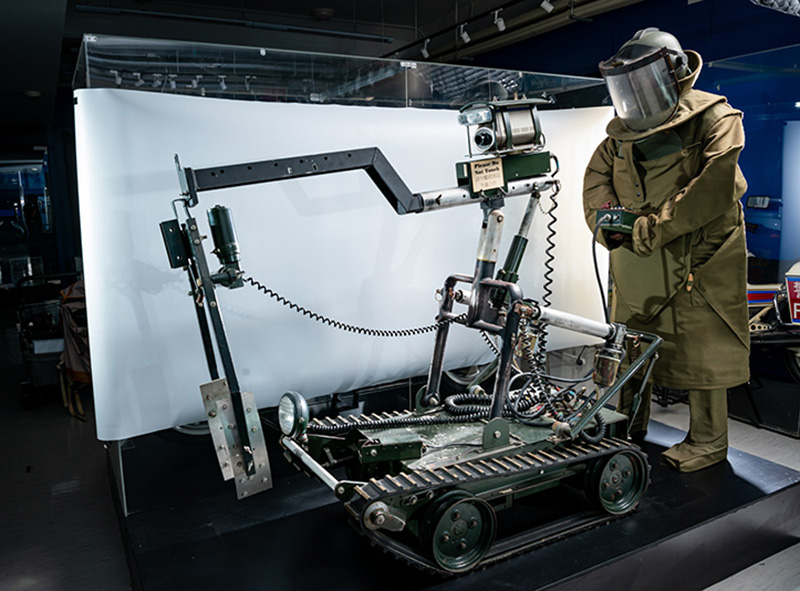
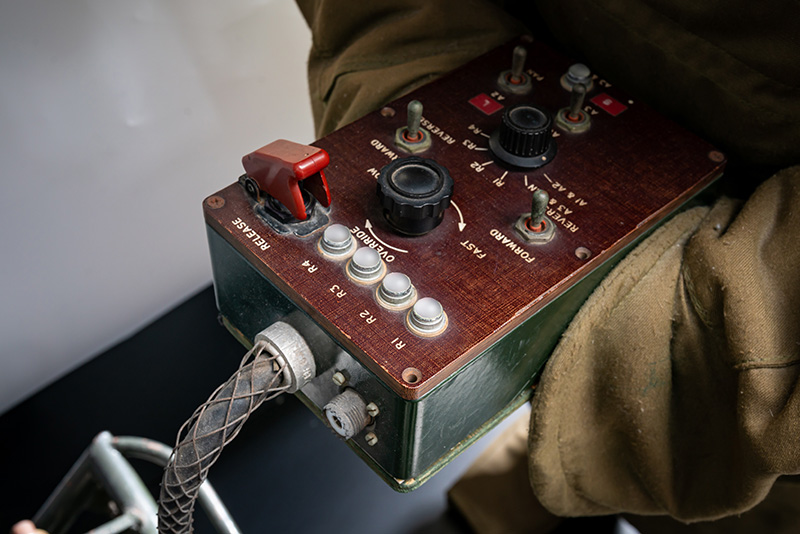
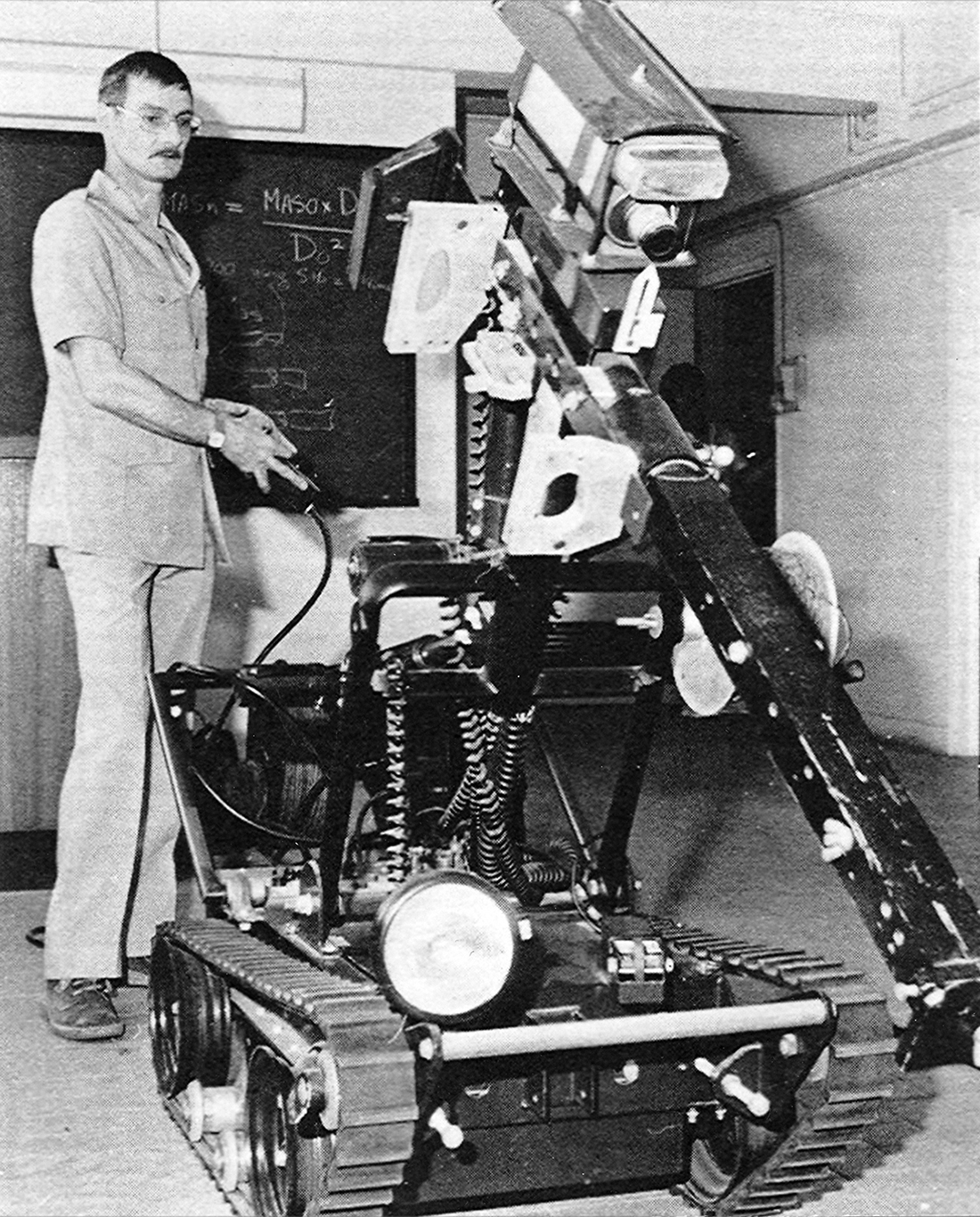 Bomb Disposal Officer demonstrated how to use the electrically powered track-driven “wheelbarrow” for handling bombs and terrorist devices, 1970s.
Bomb Disposal Officer demonstrated how to use the electrically powered track-driven “wheelbarrow” for handling bombs and terrorist devices, 1970s.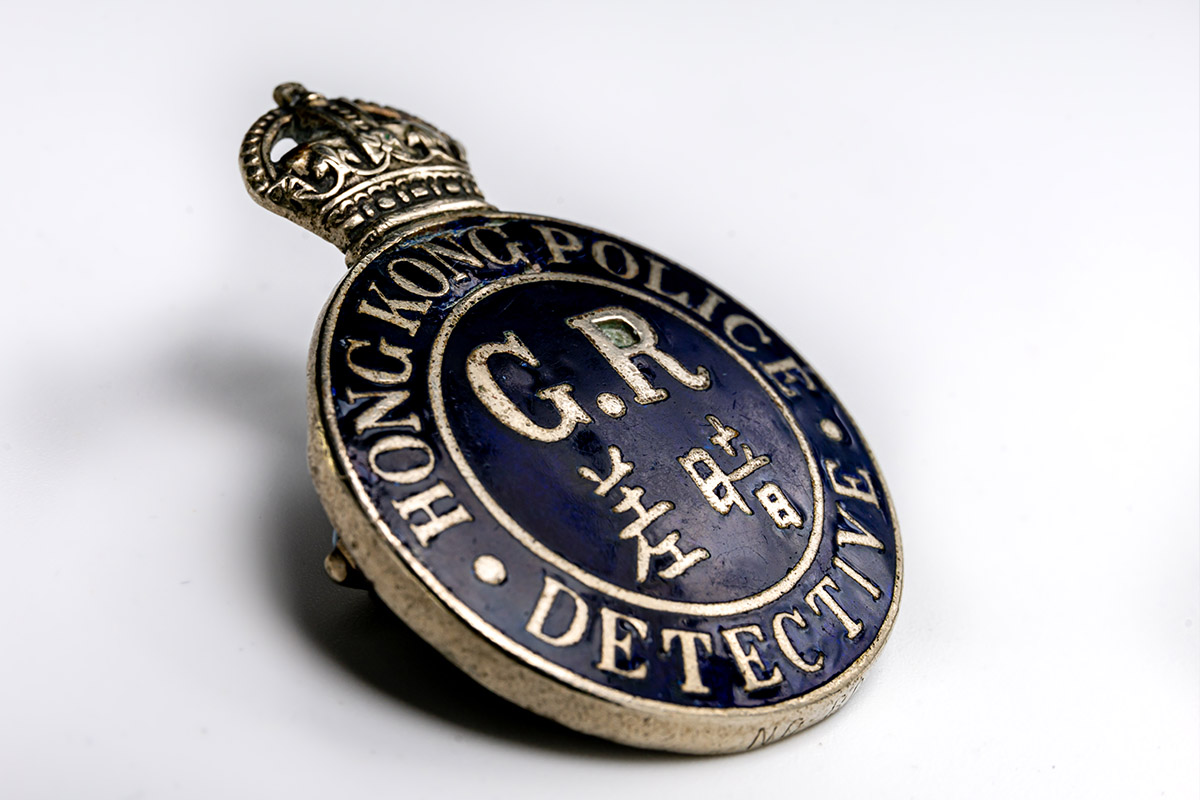
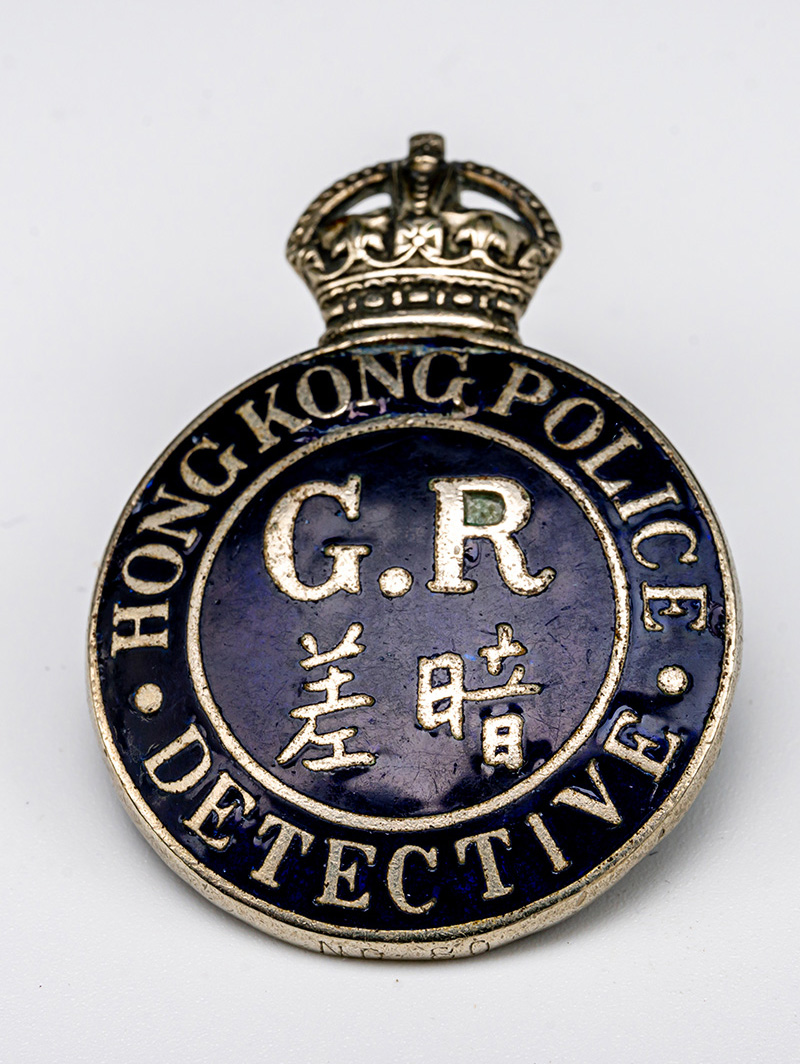
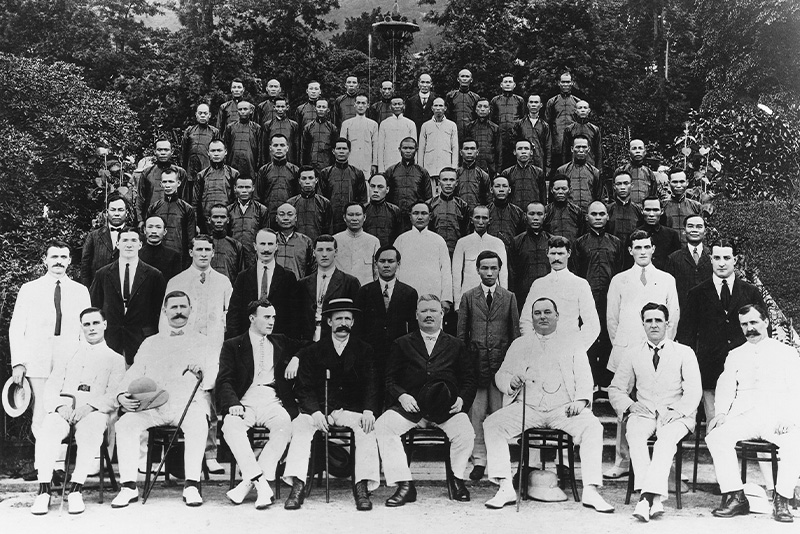 A group photograph of detectives, the mid-1920s.
A group photograph of detectives, the mid-1920s.